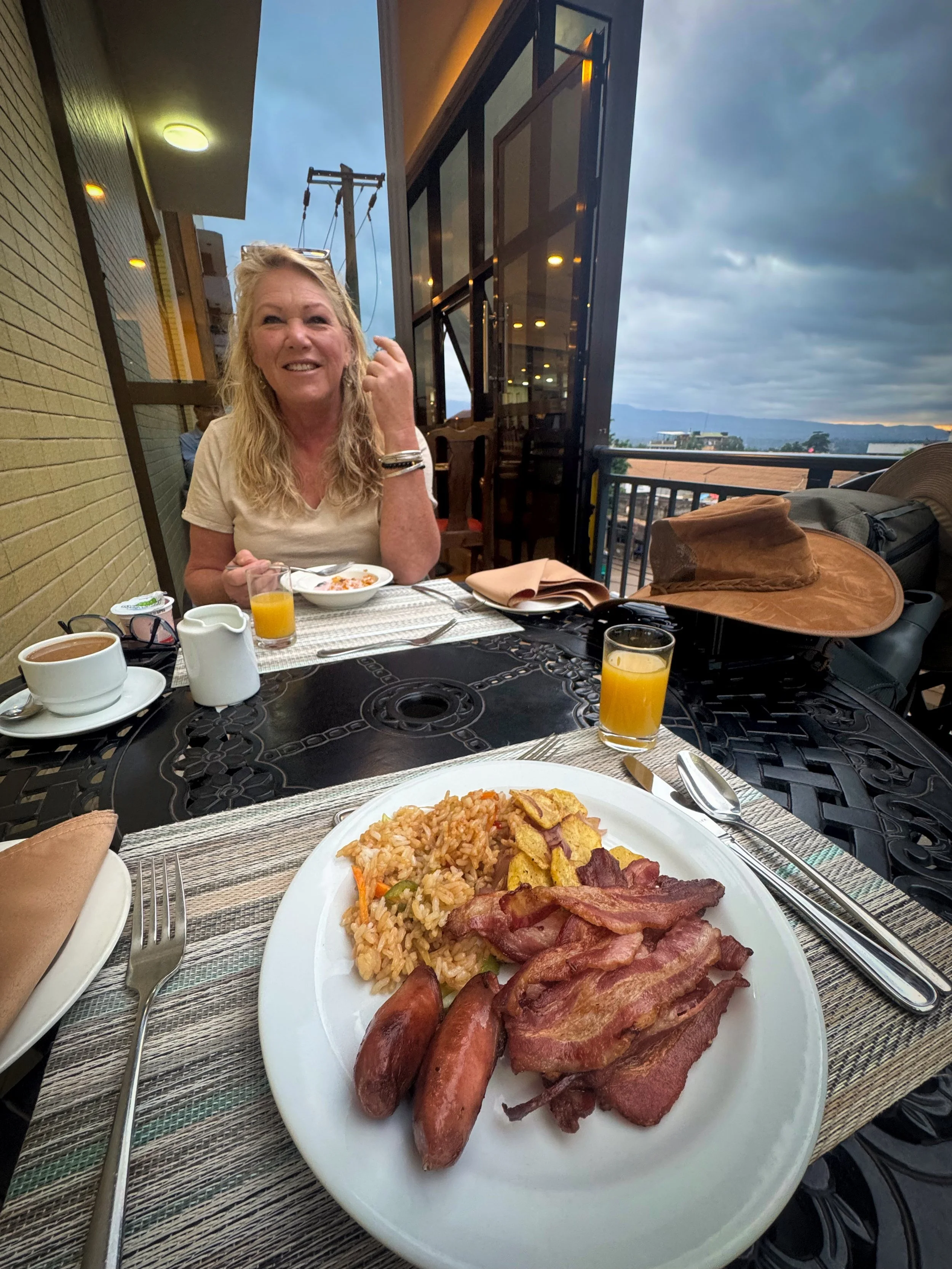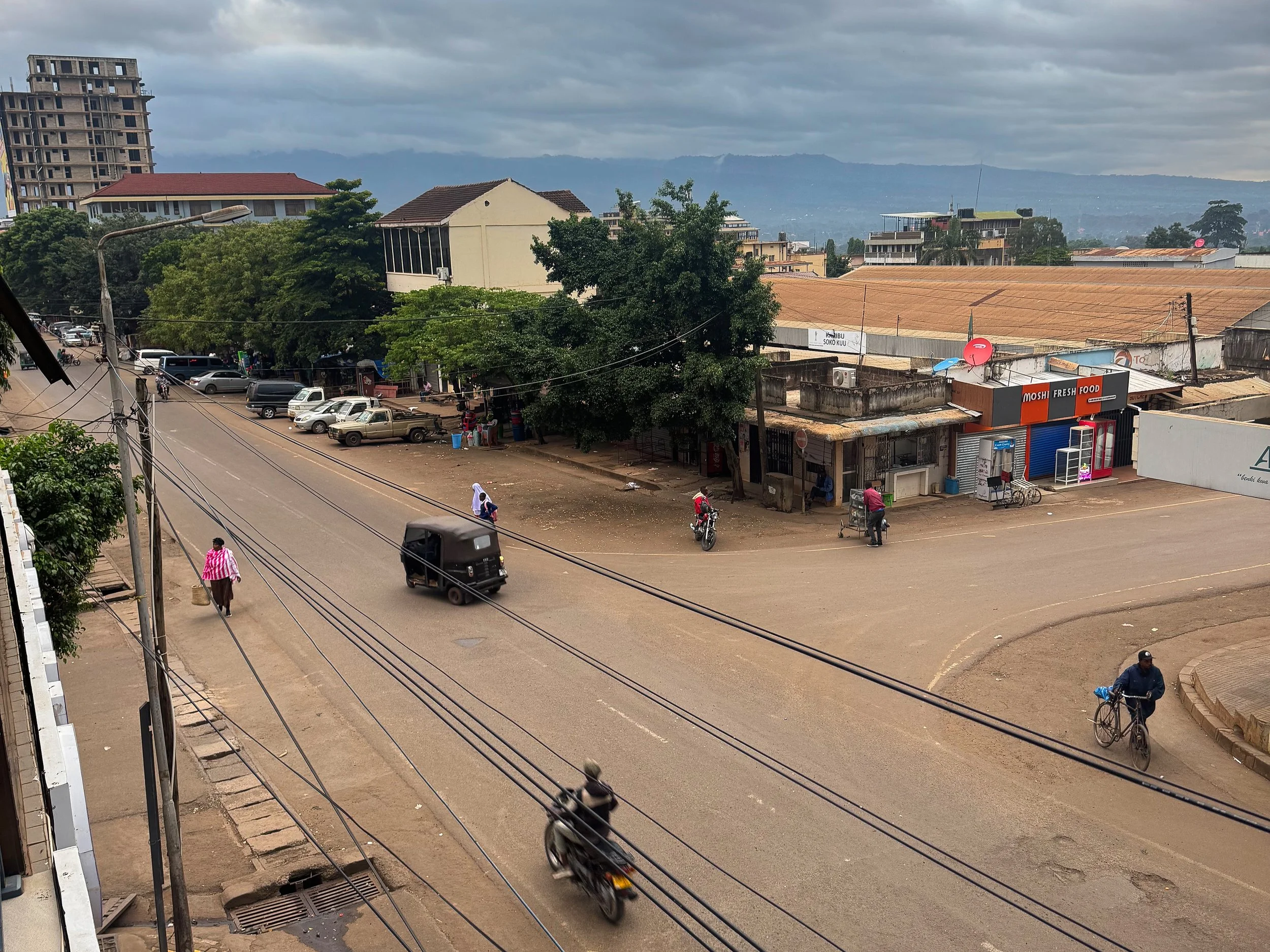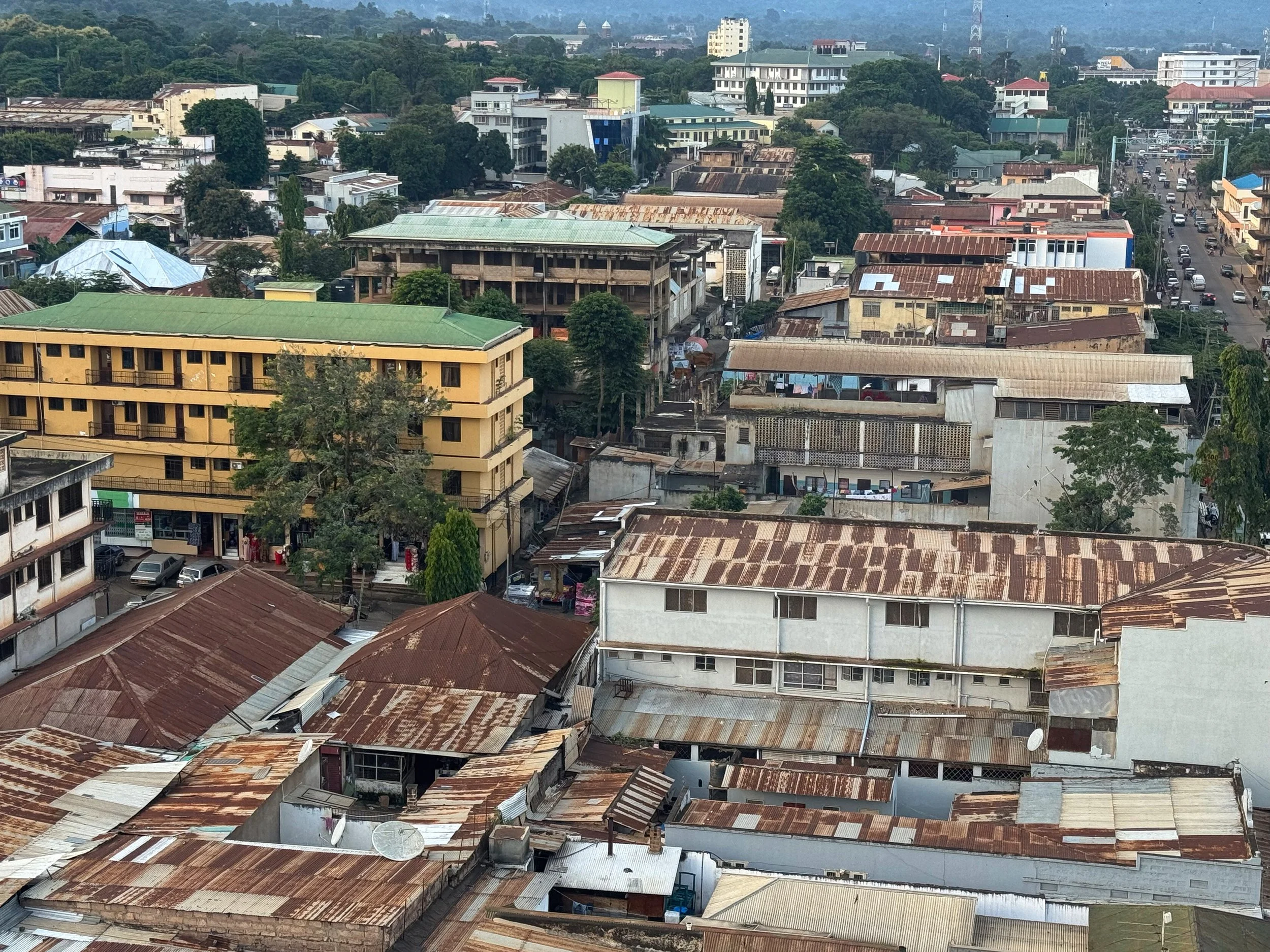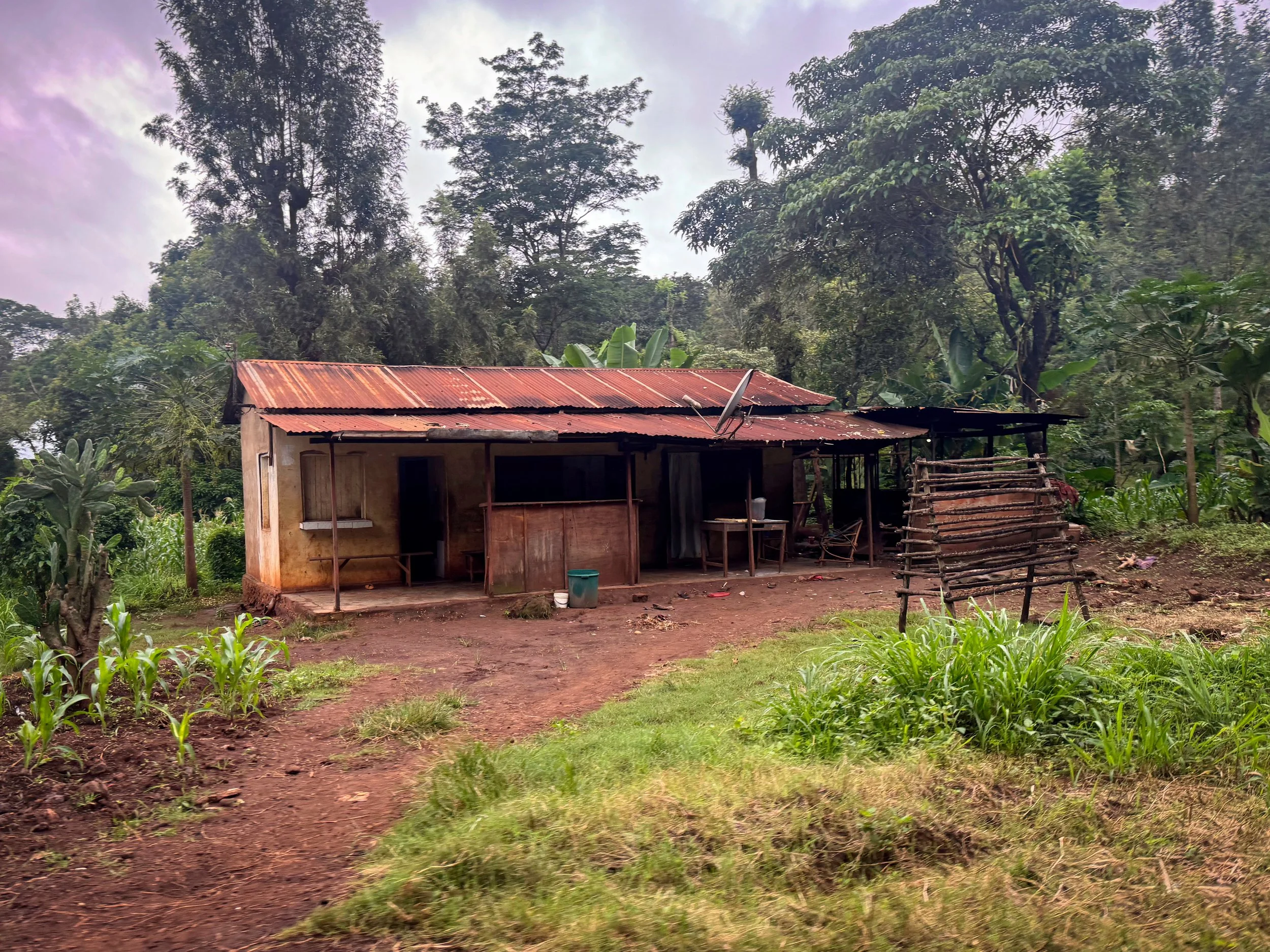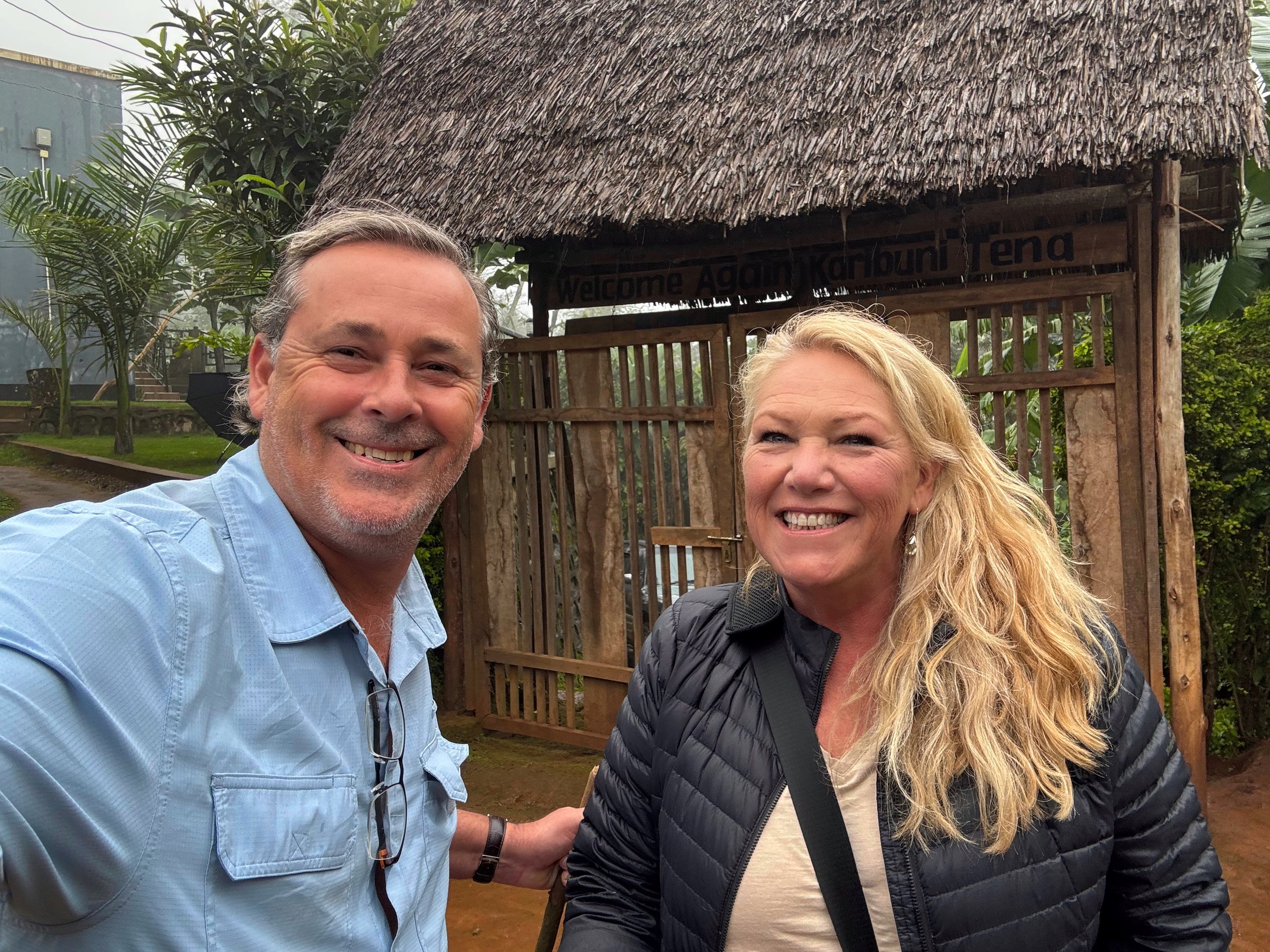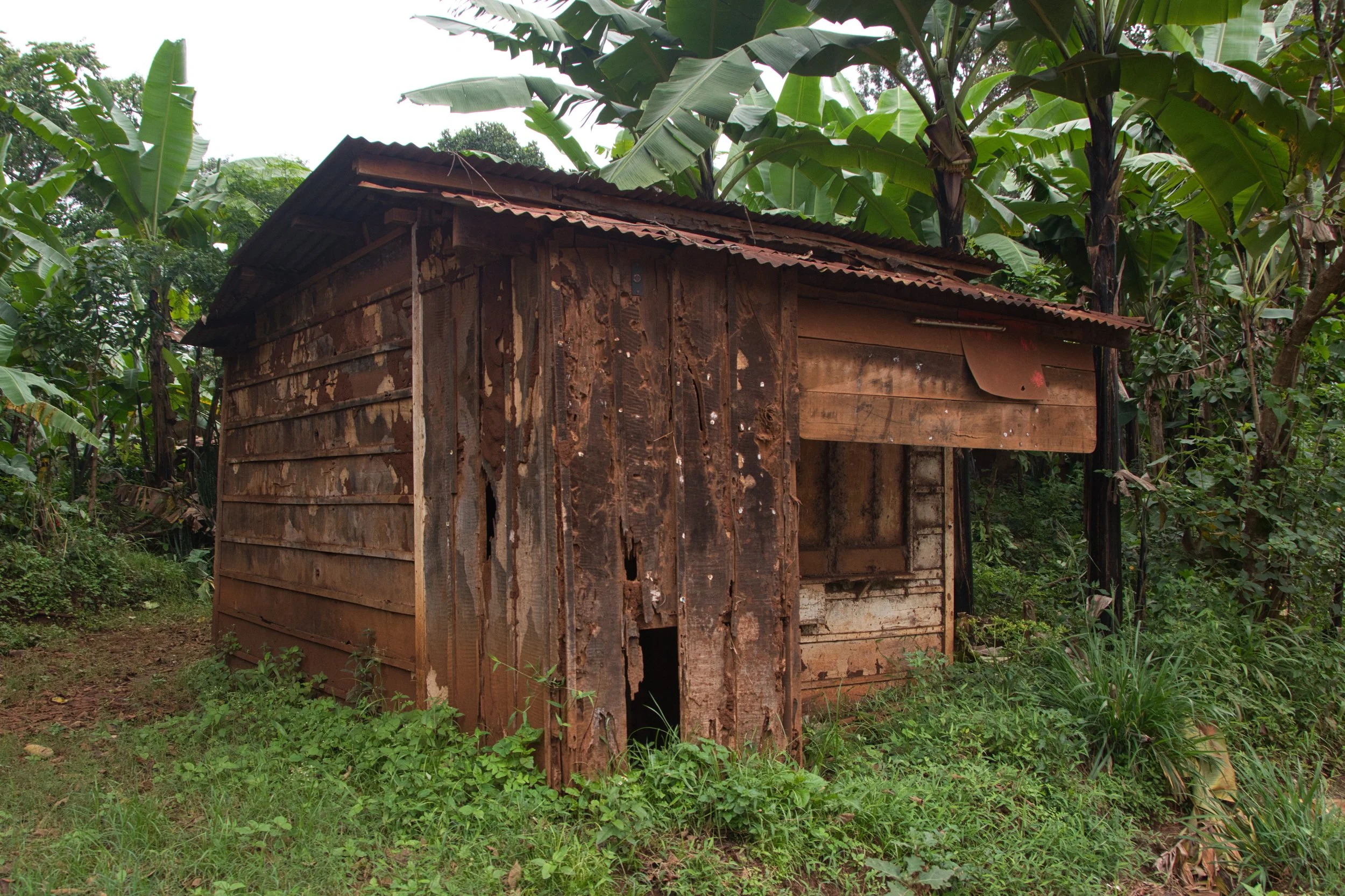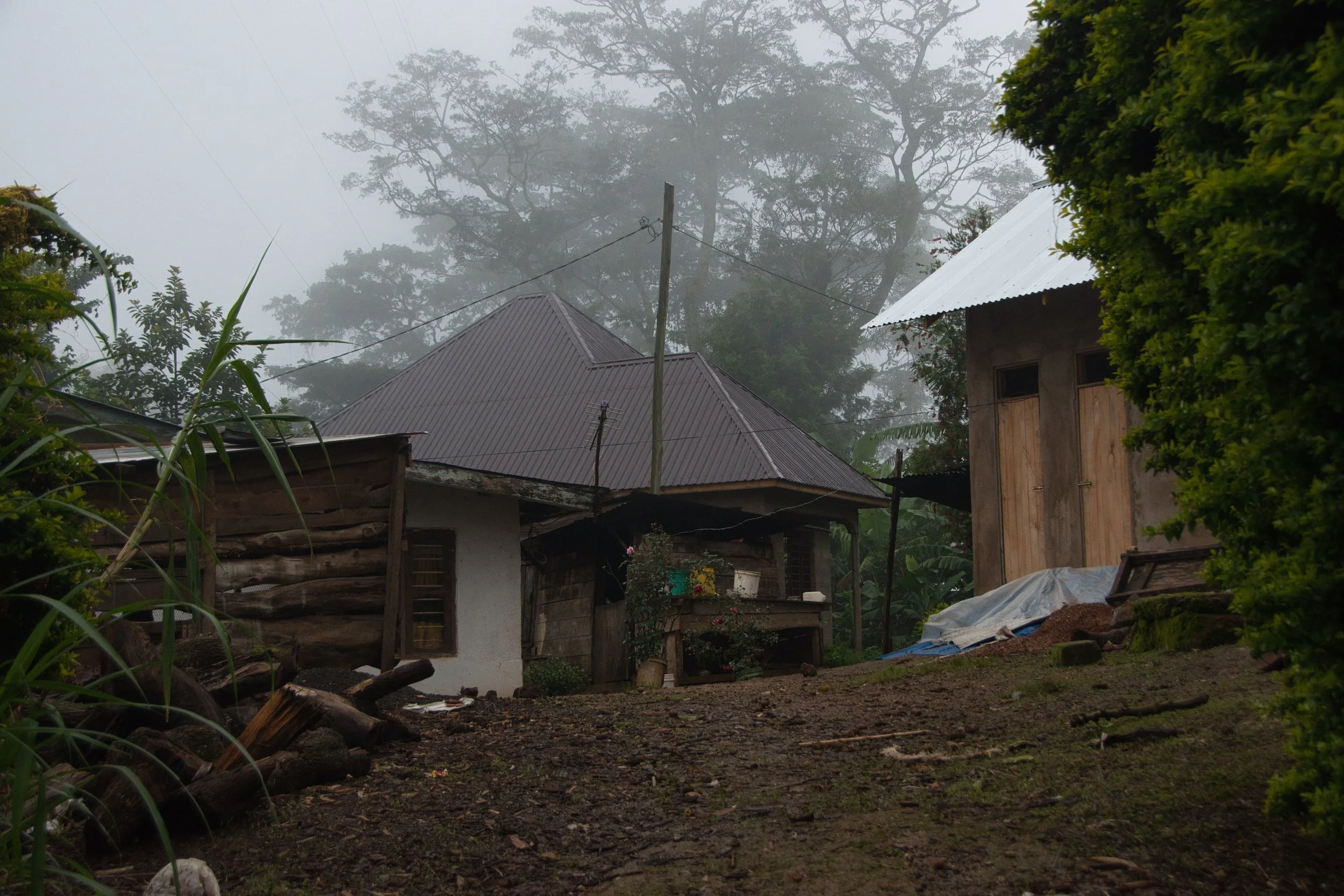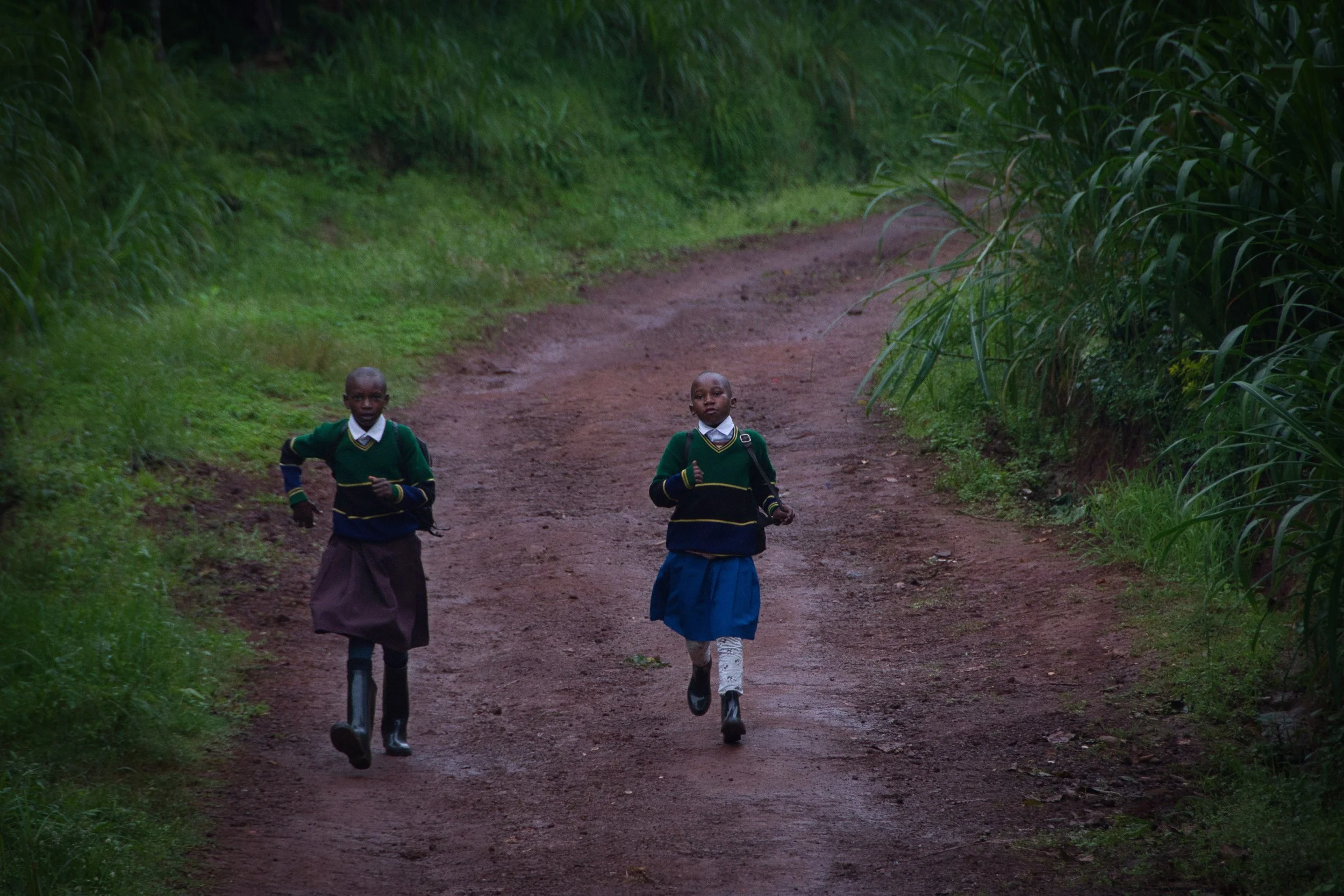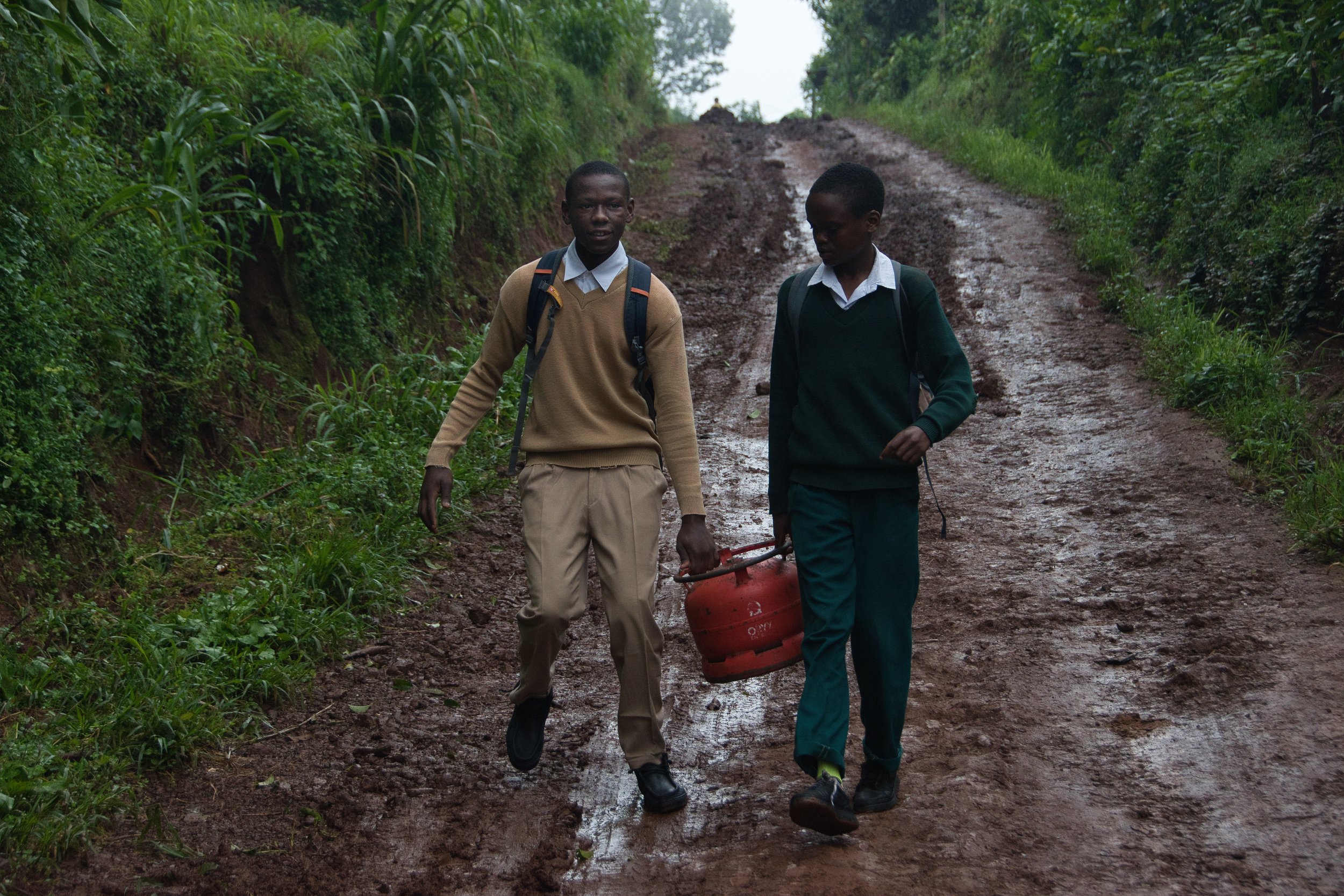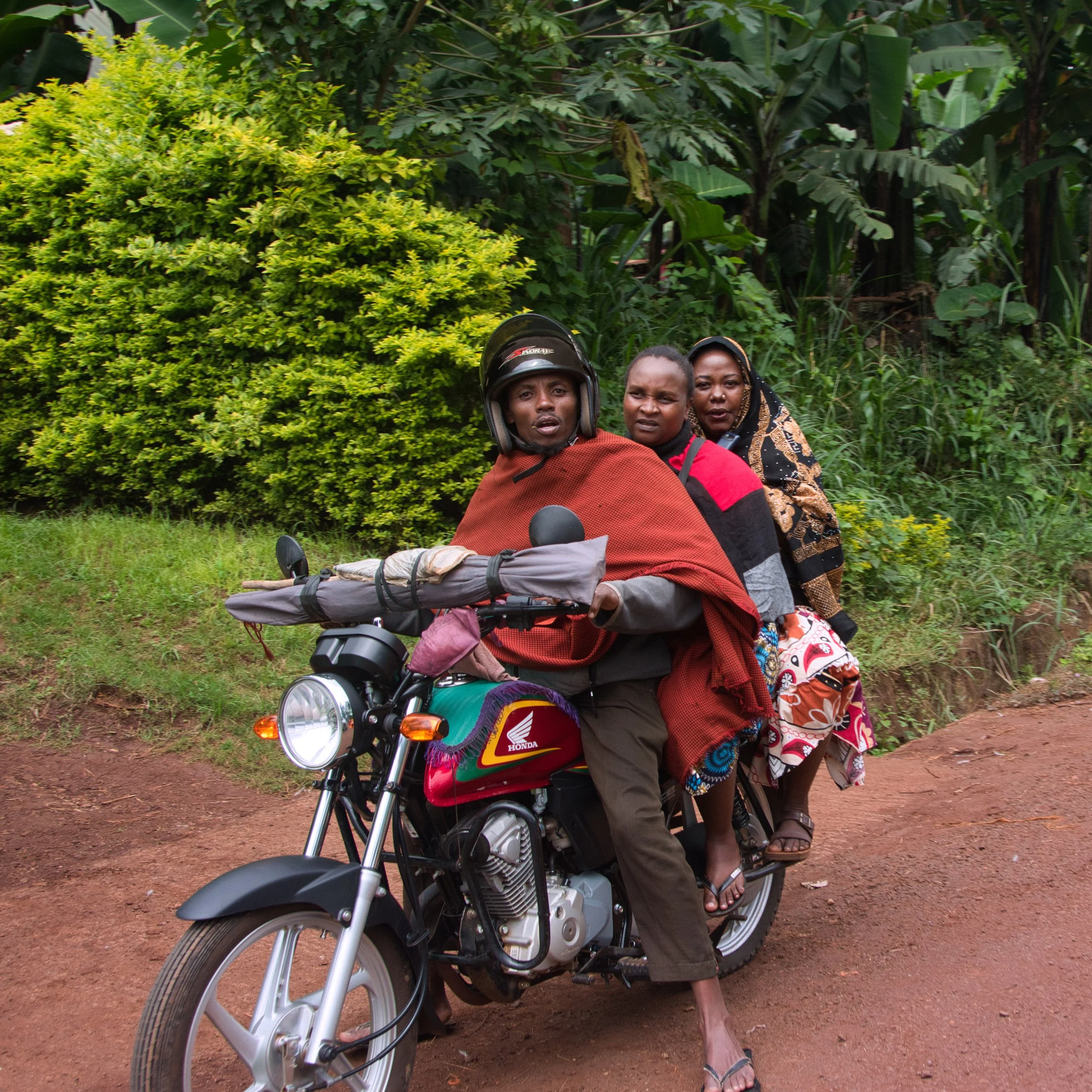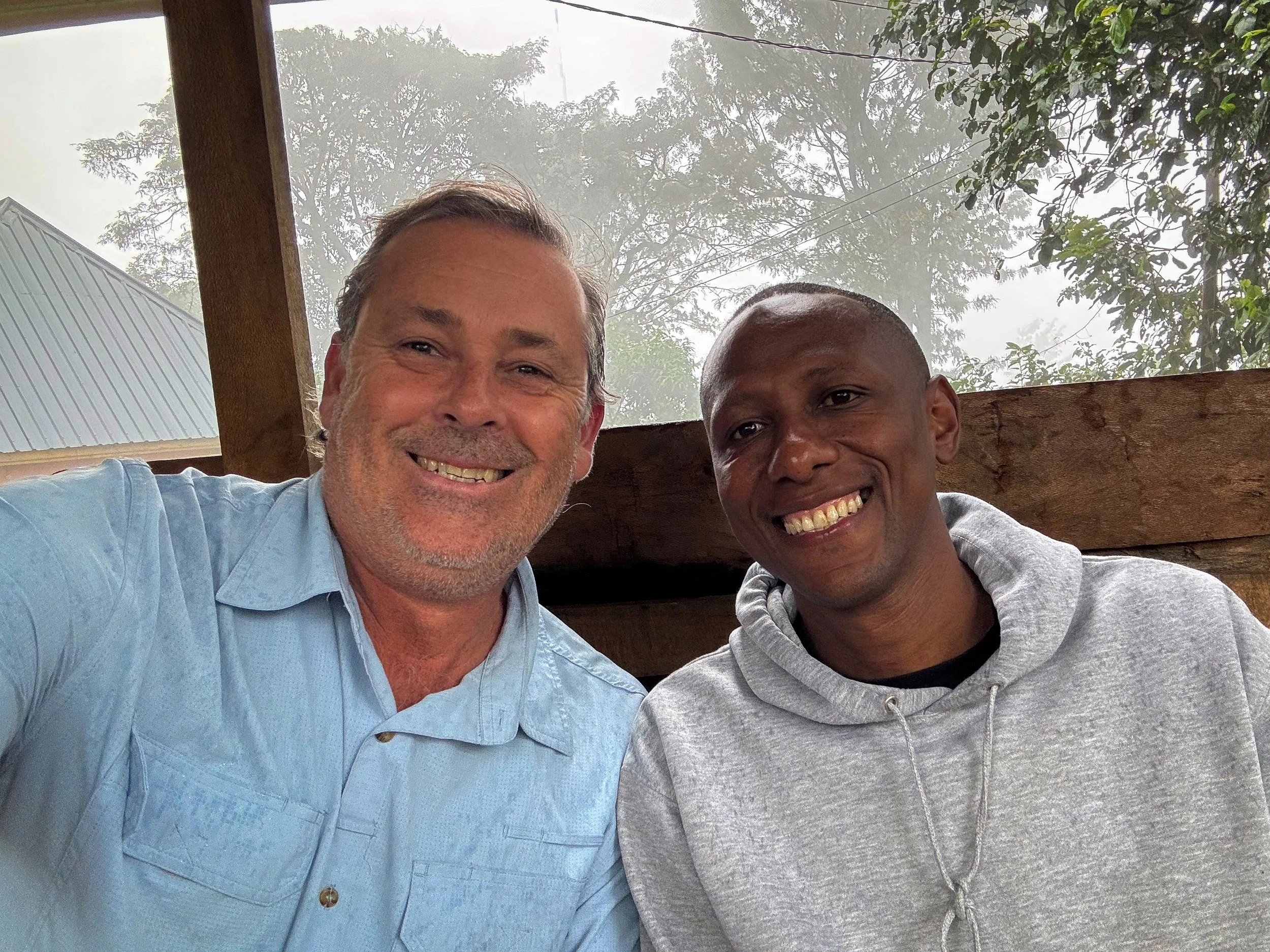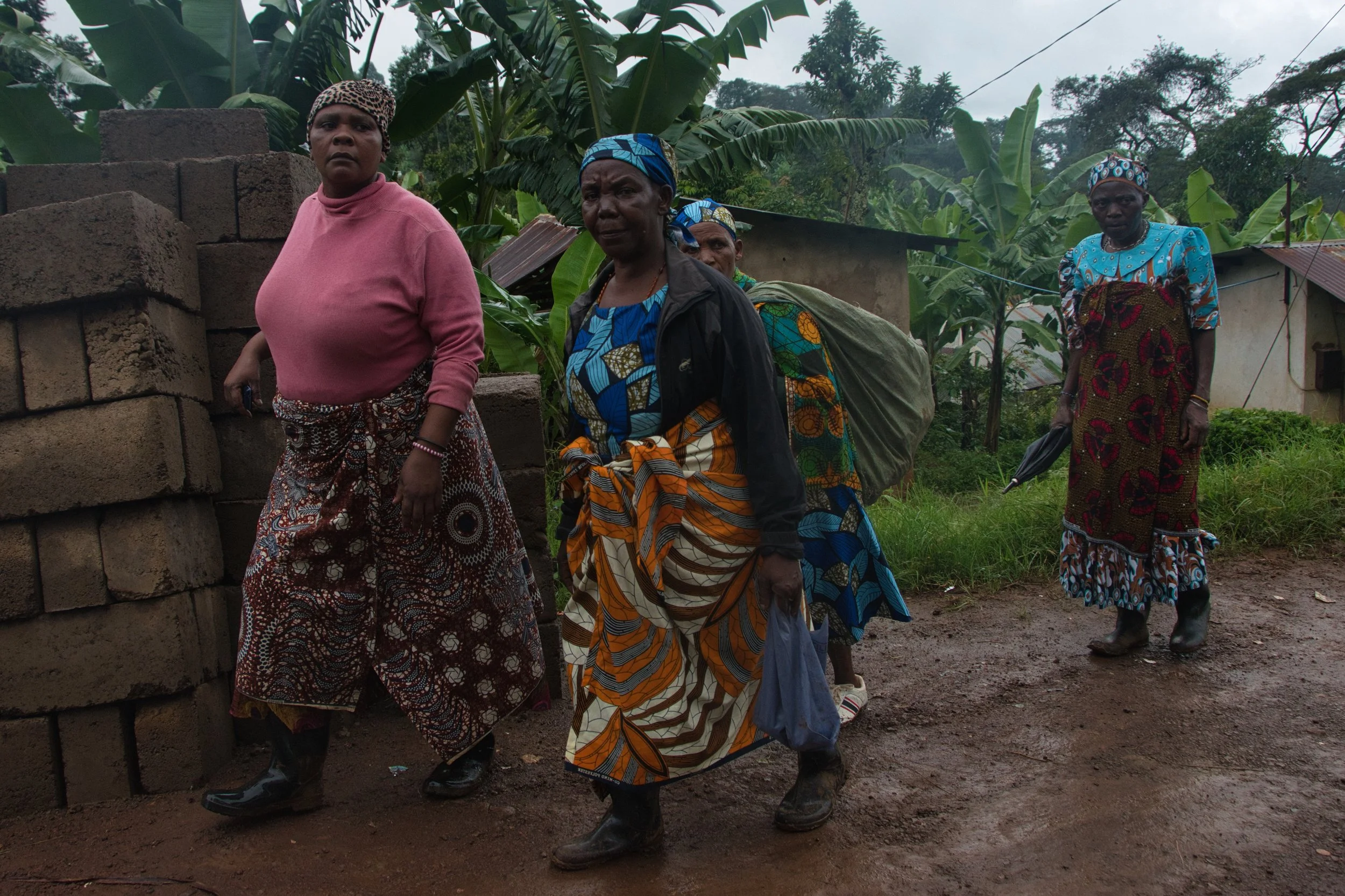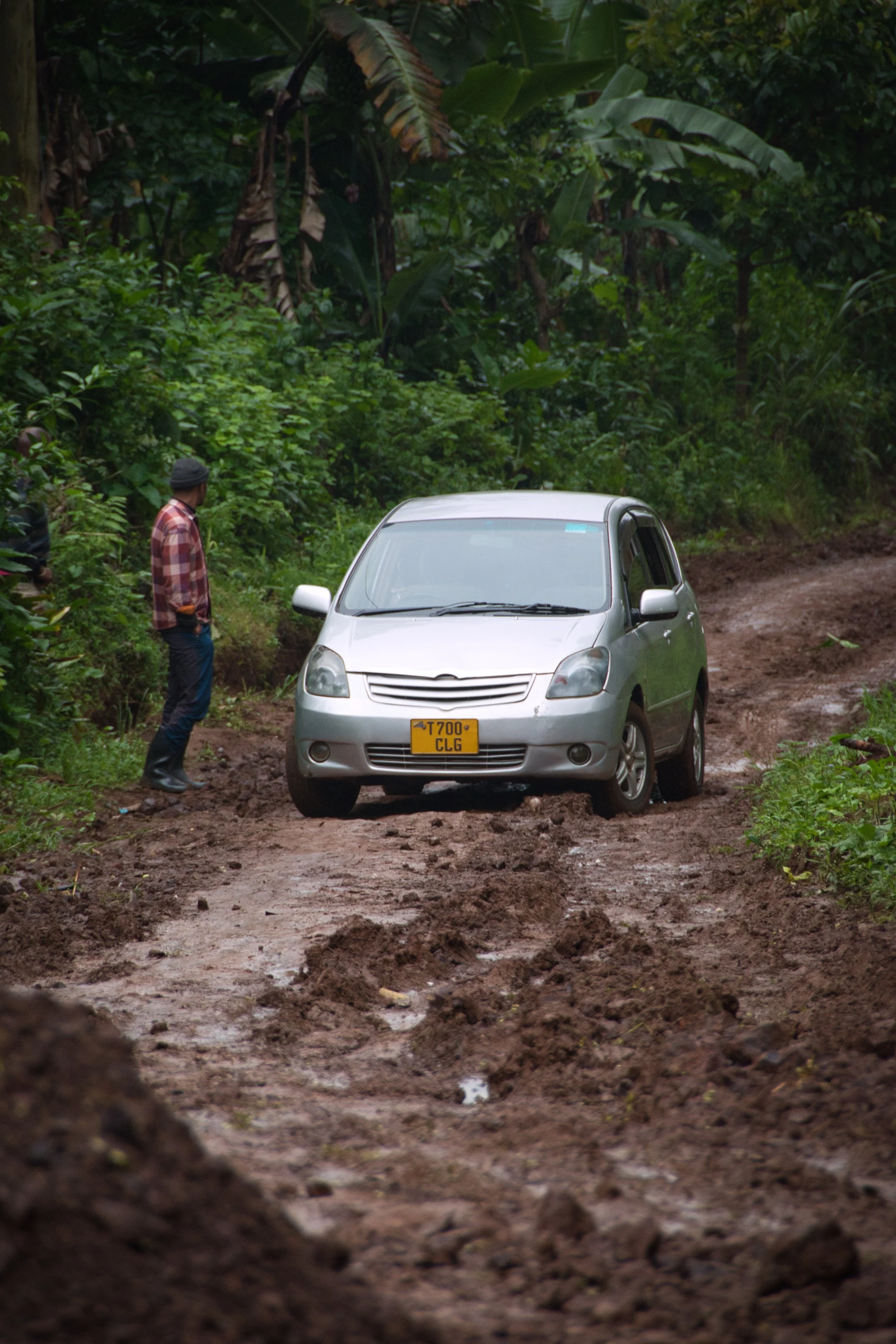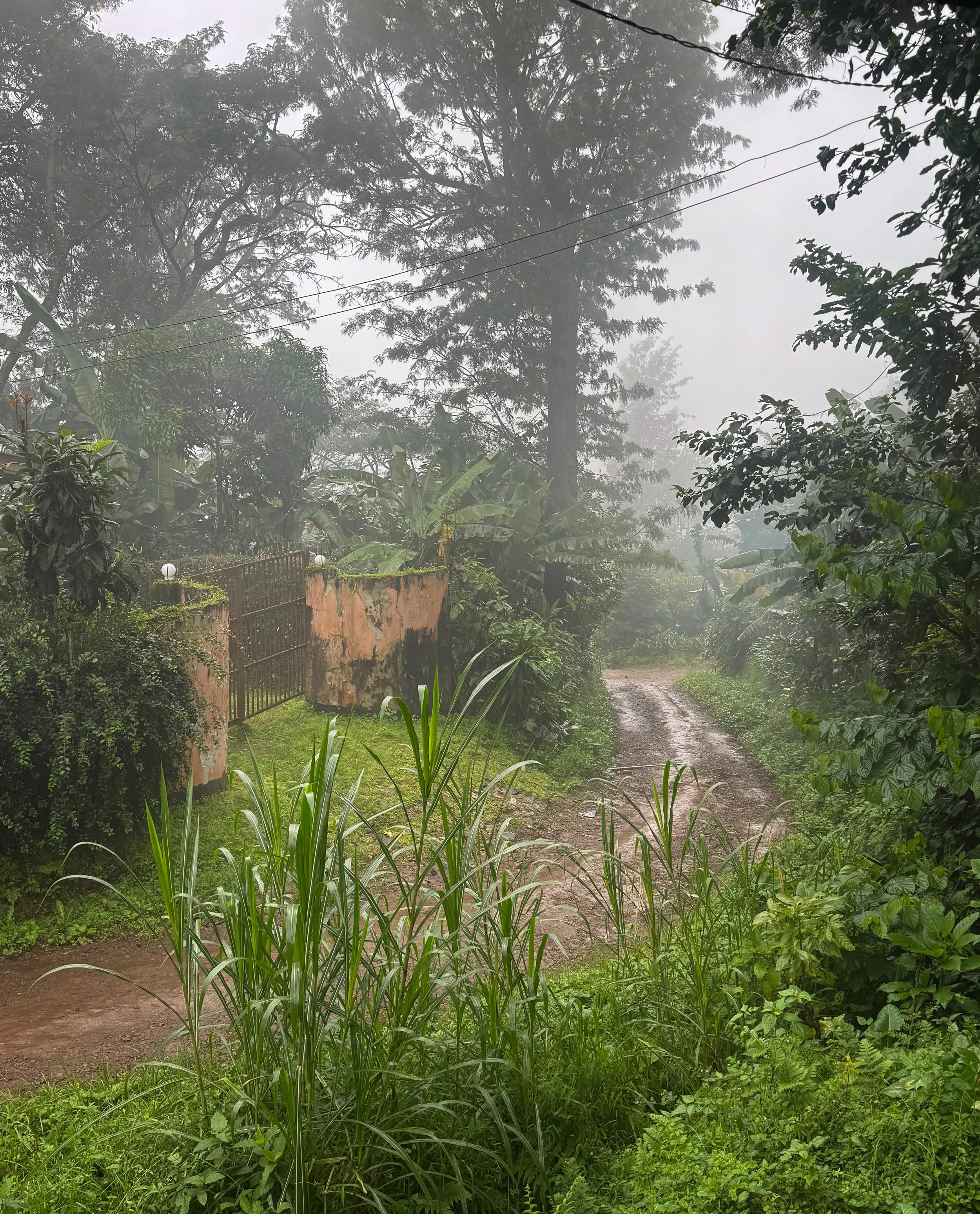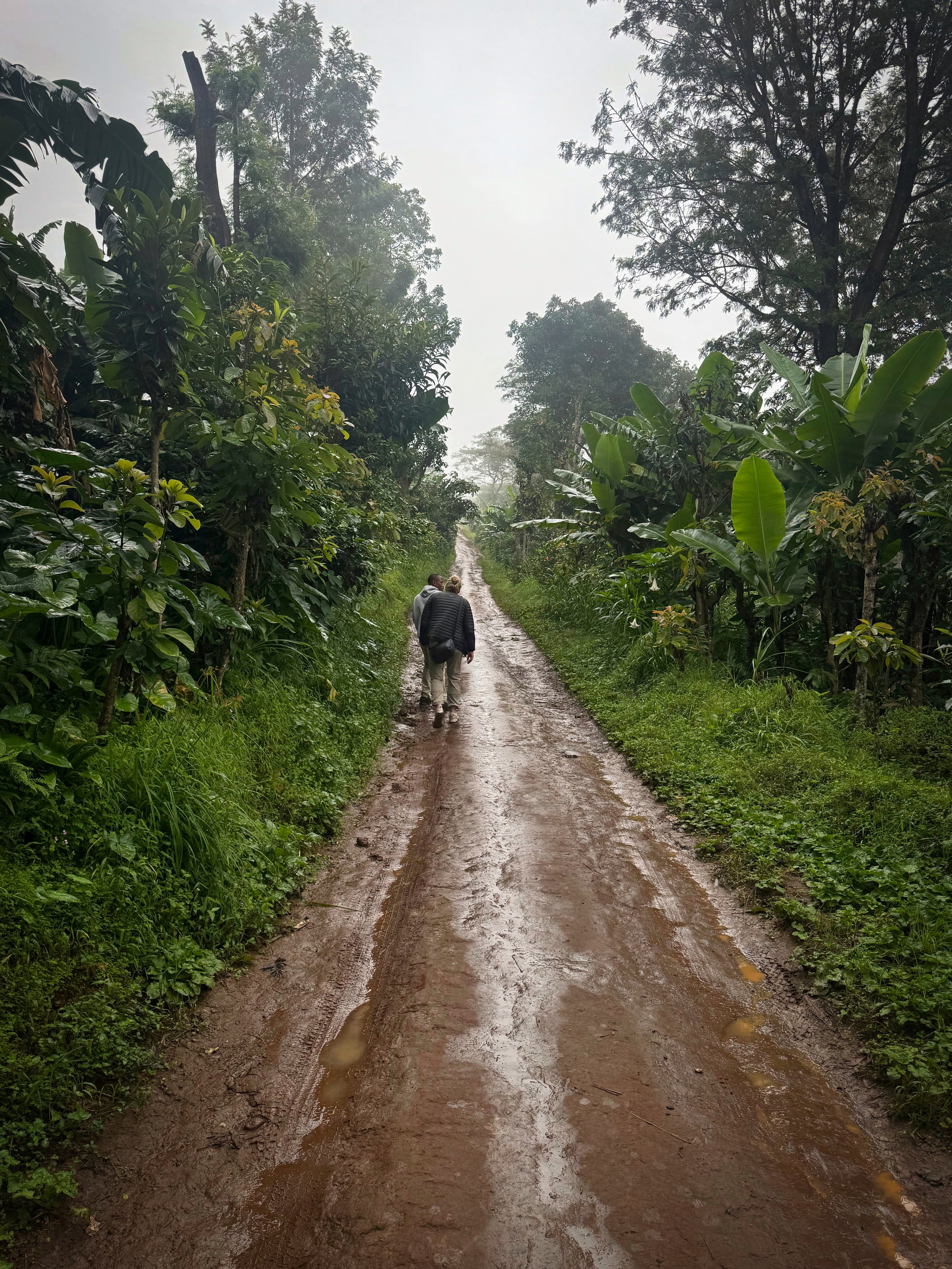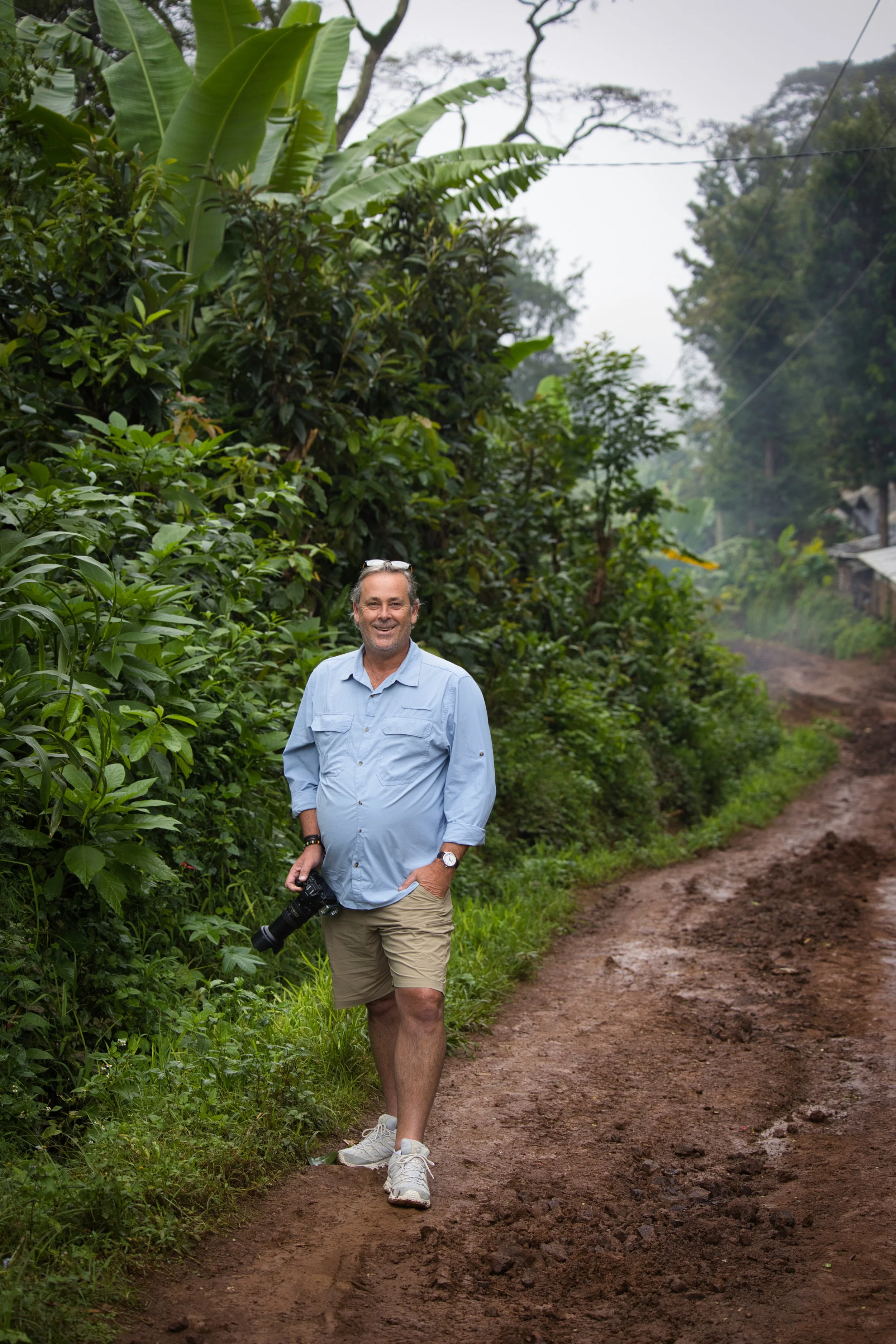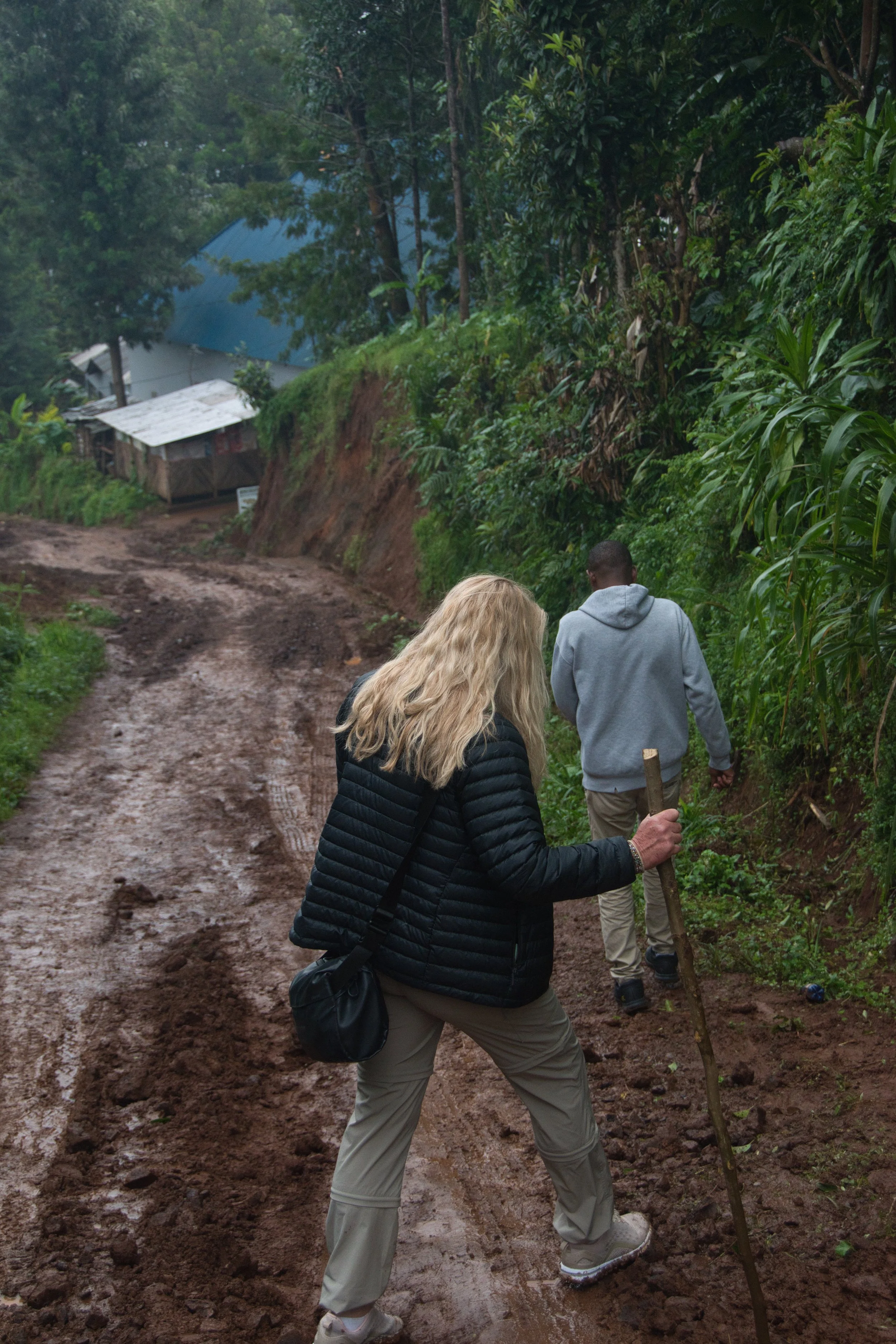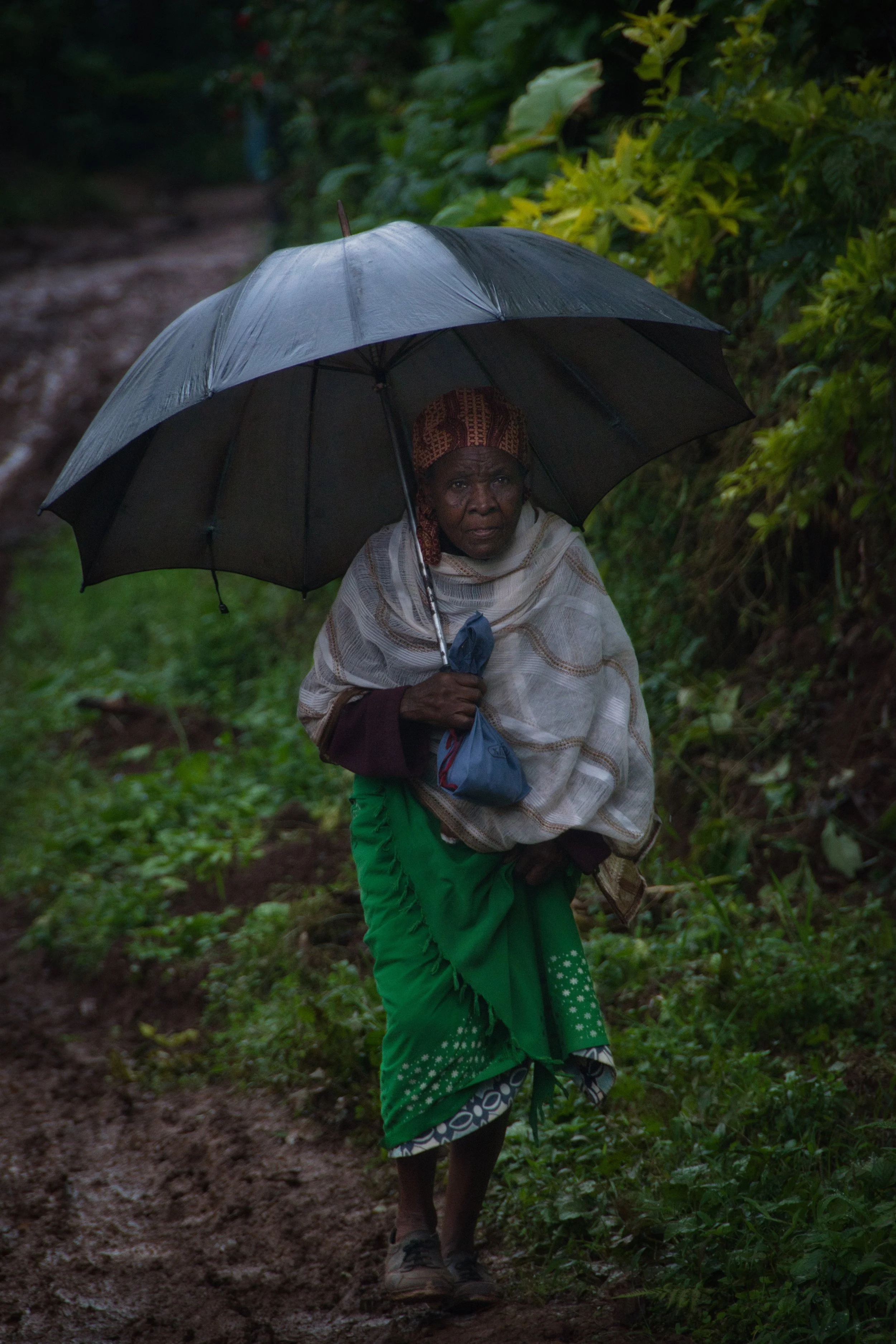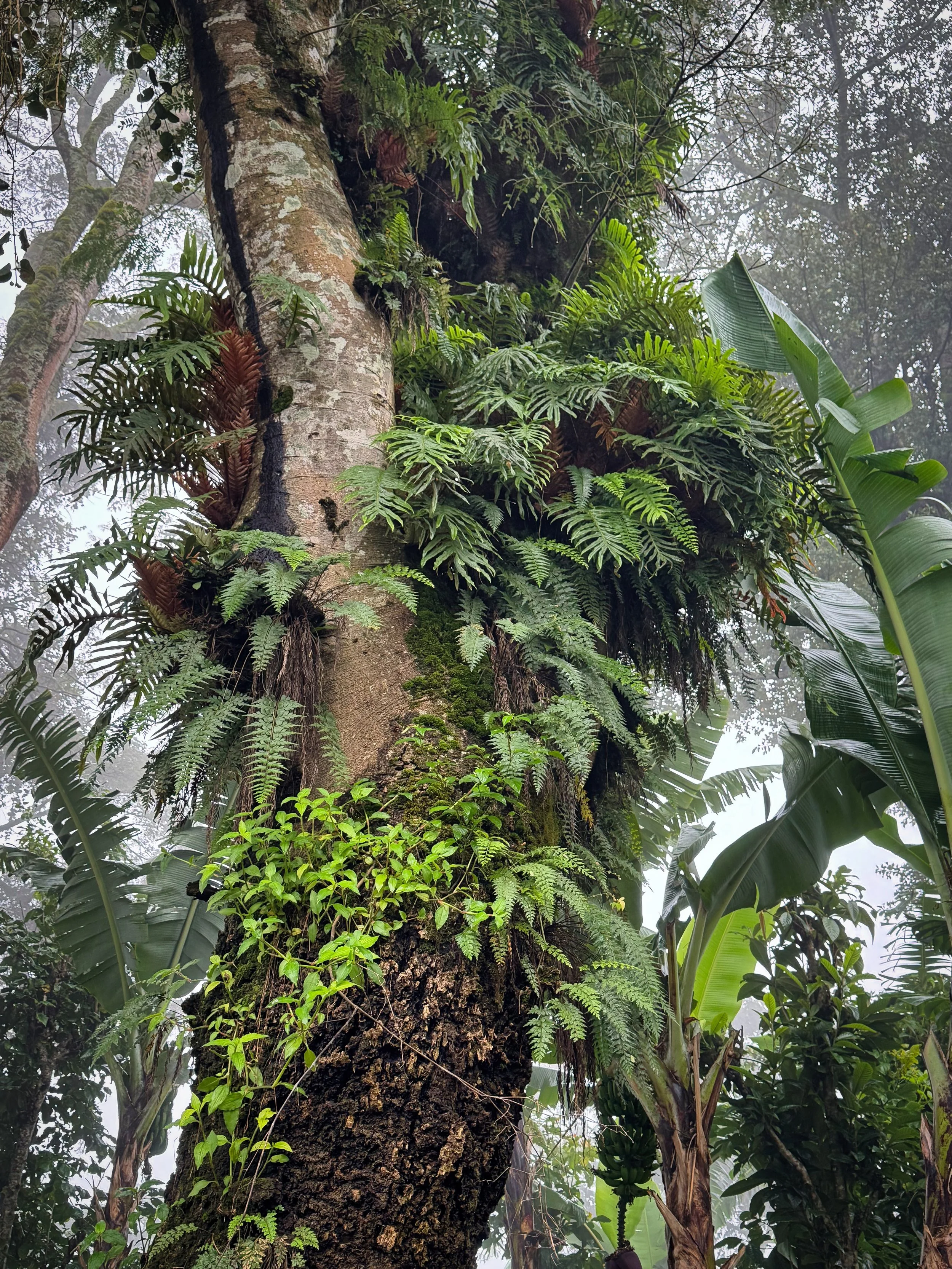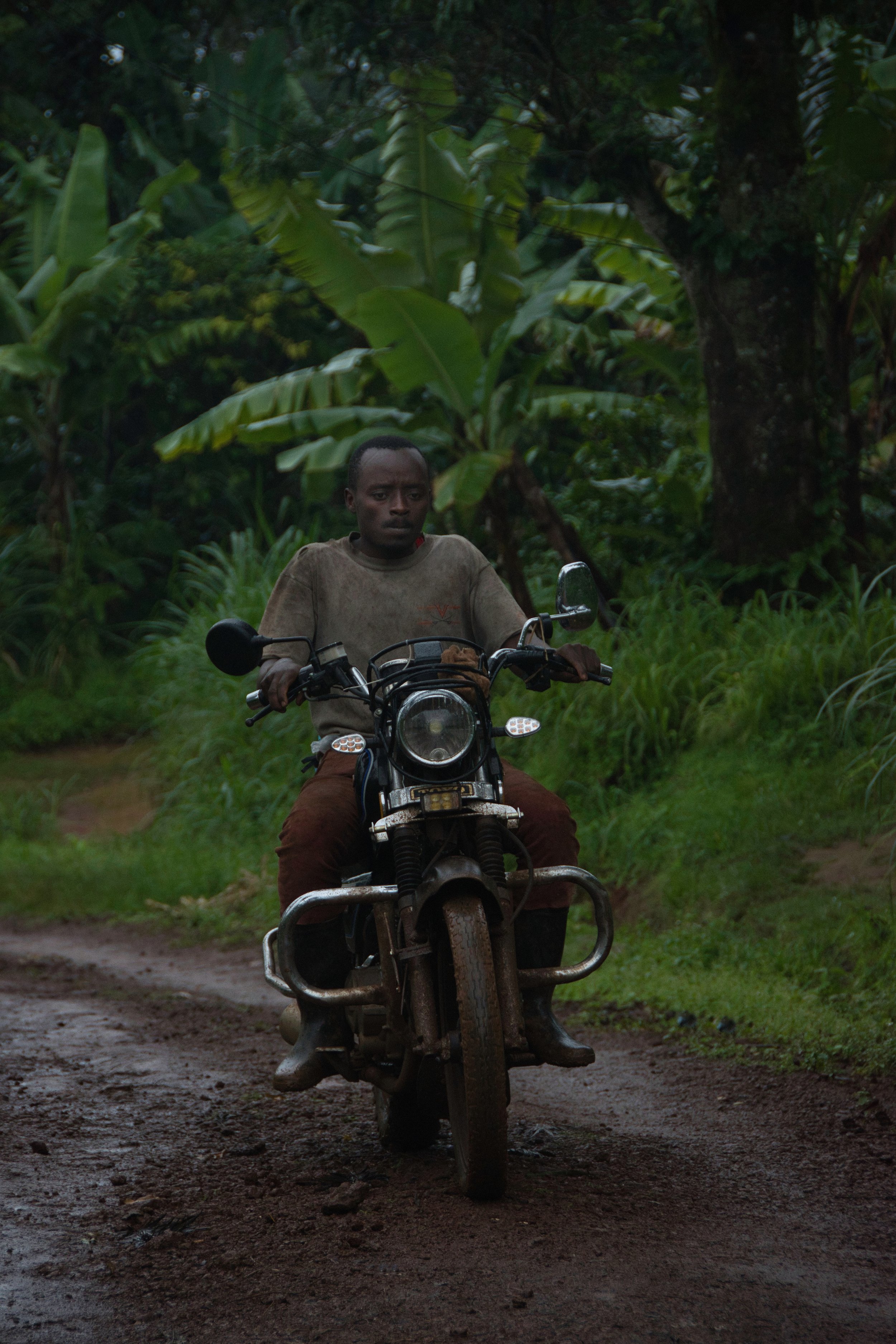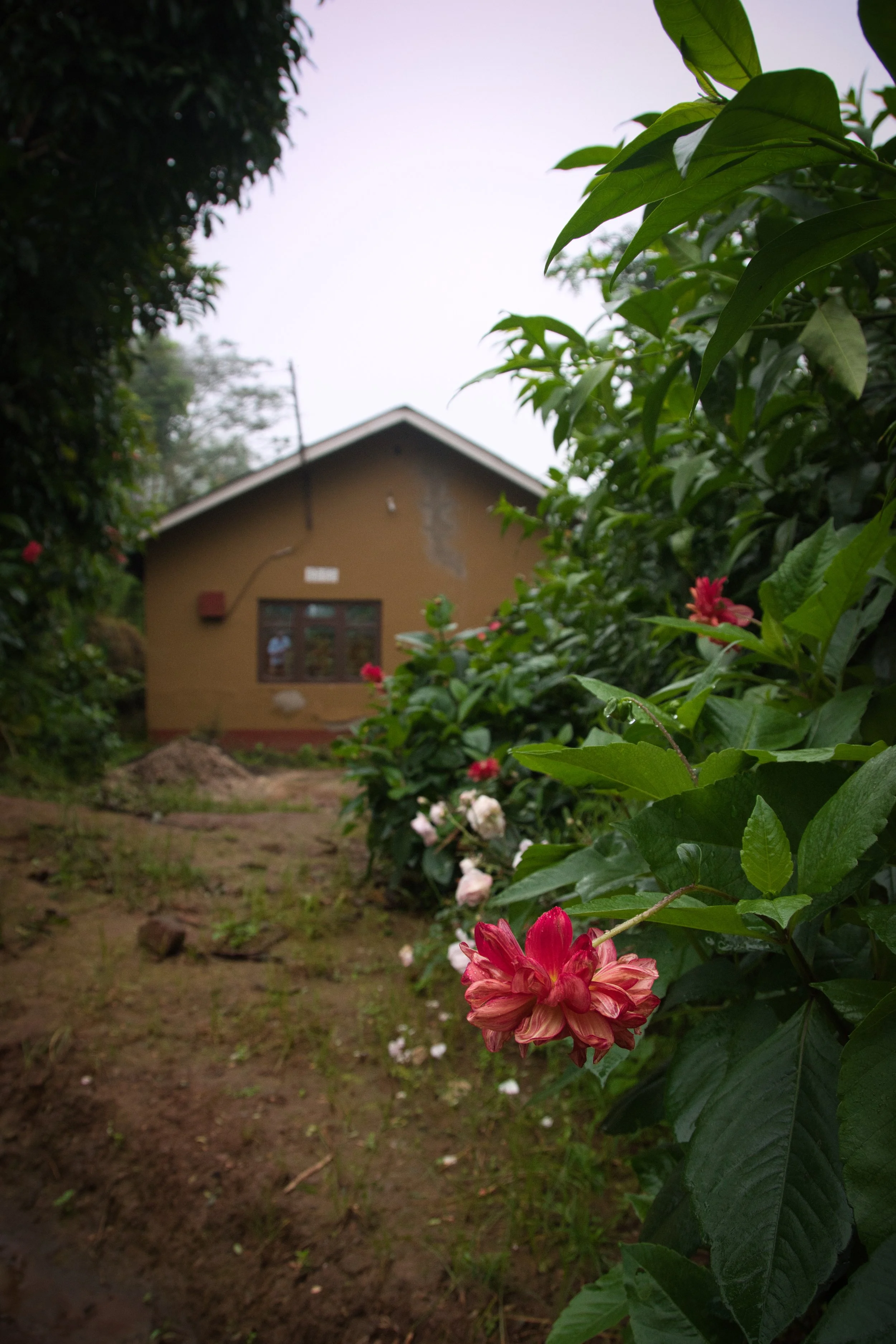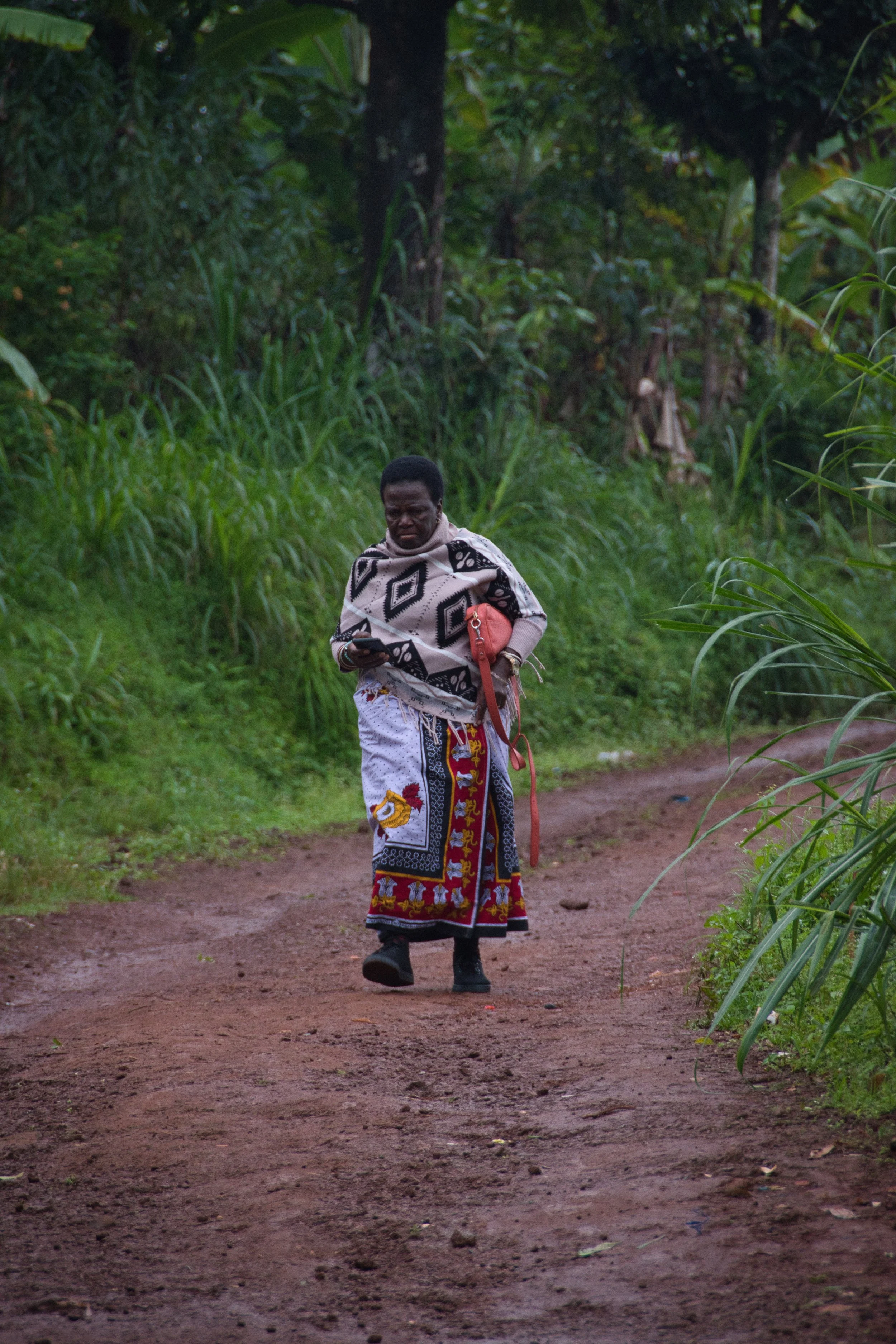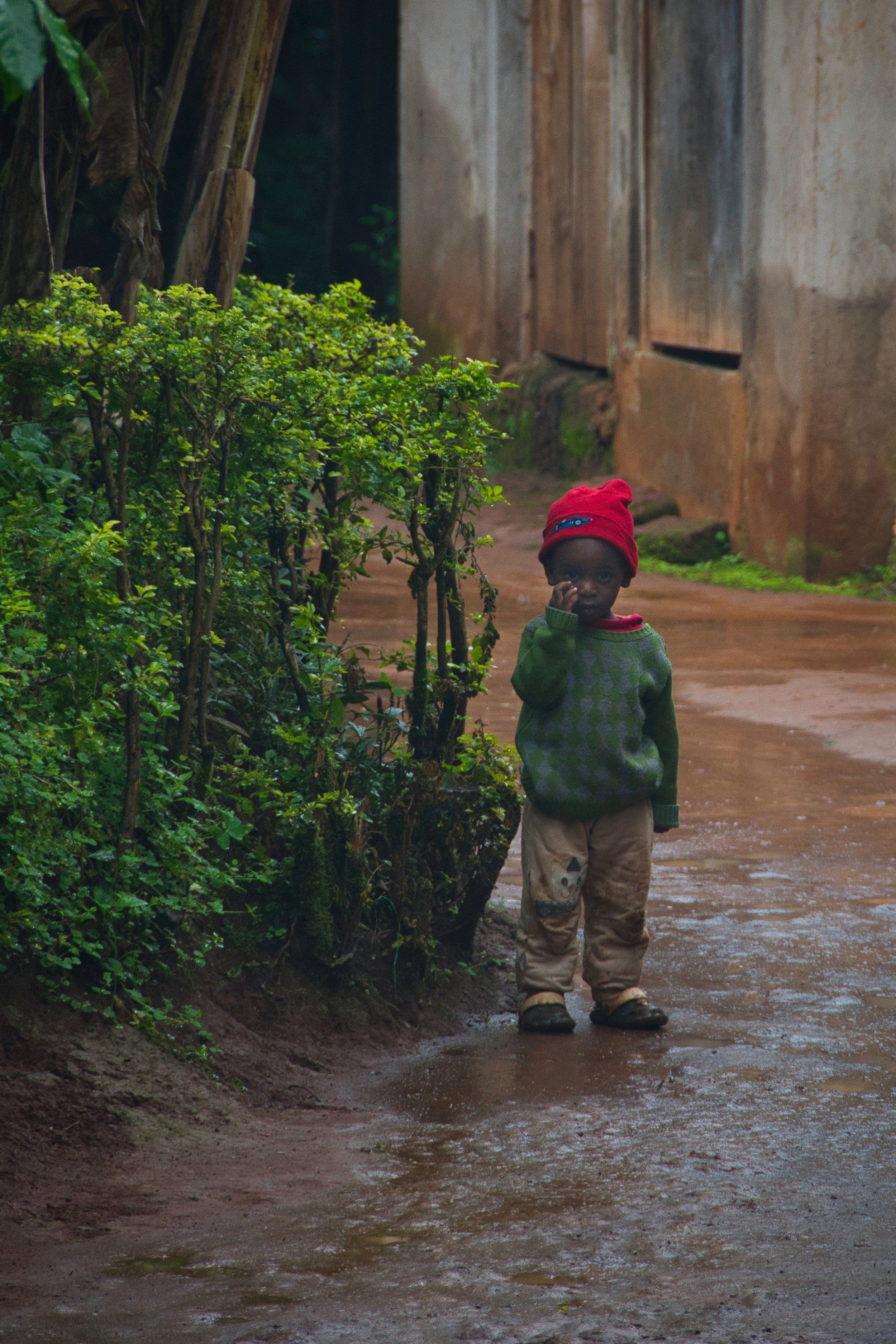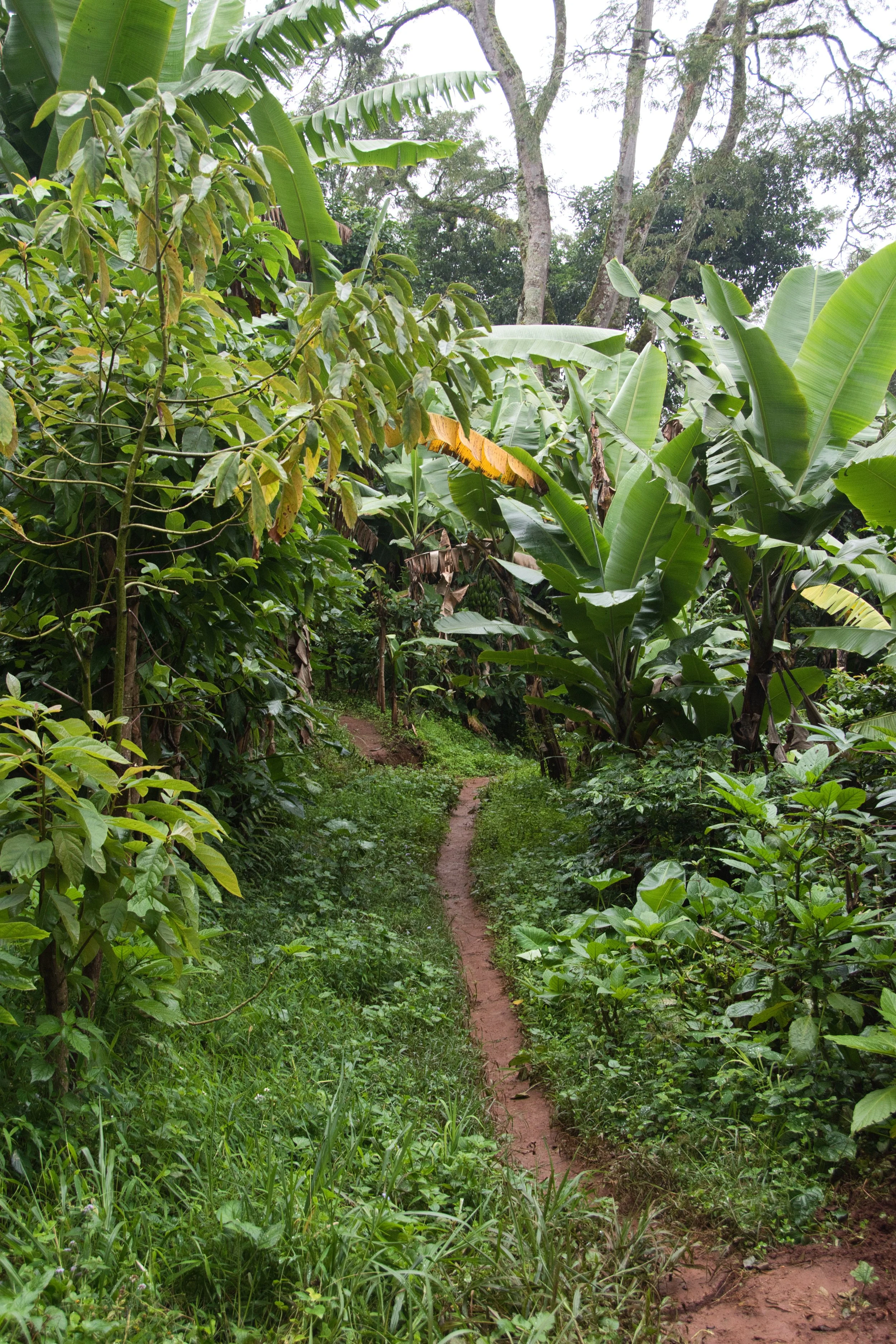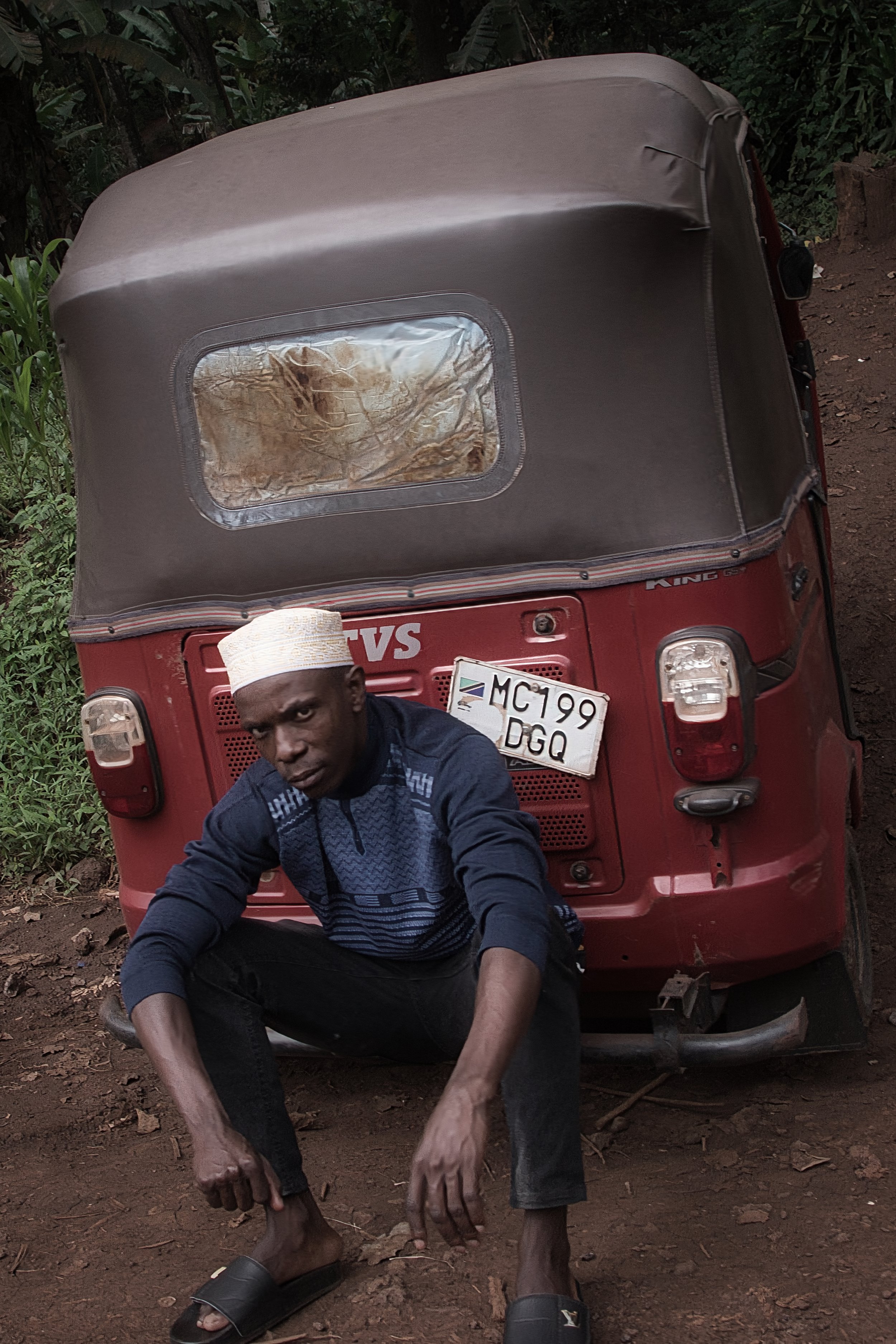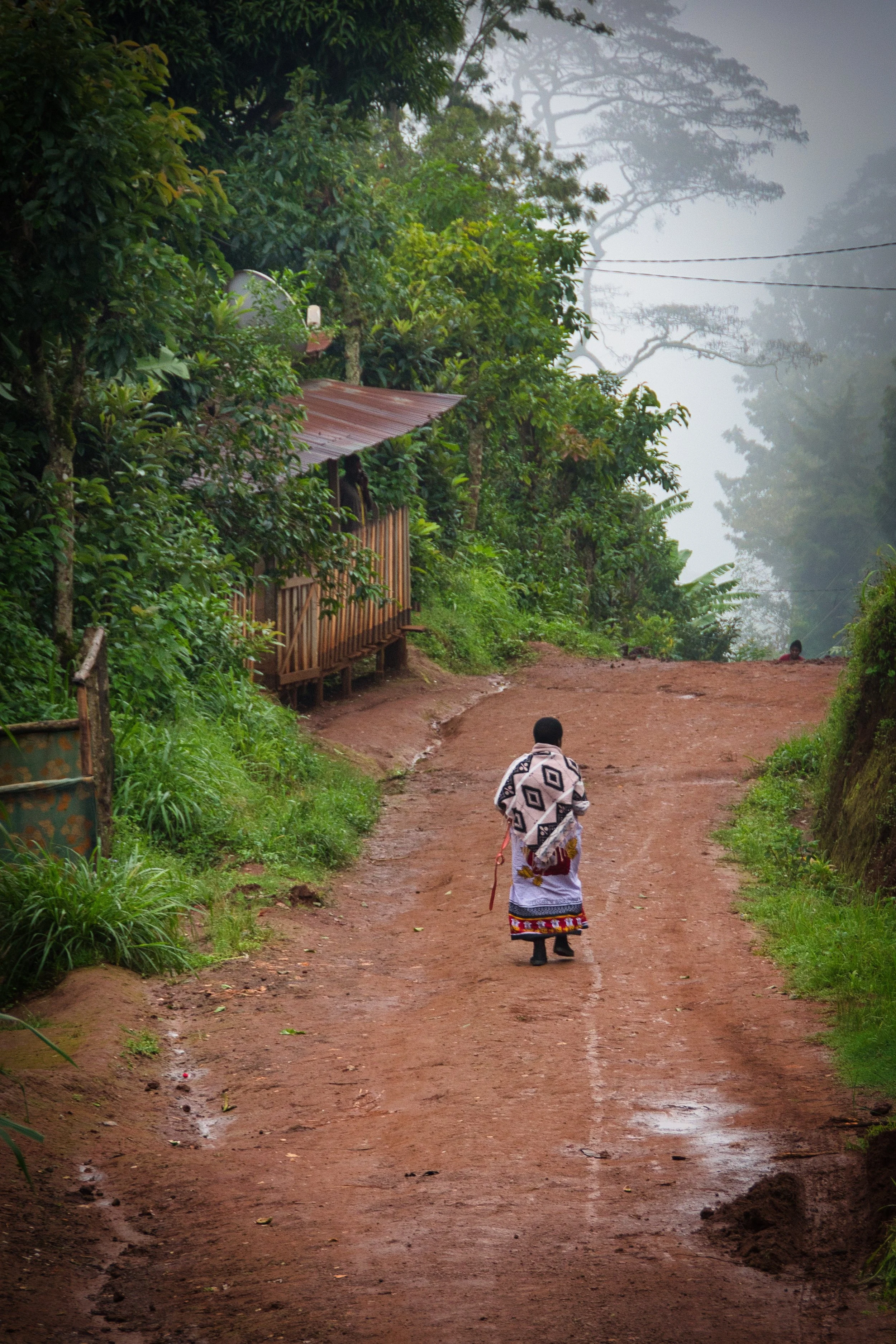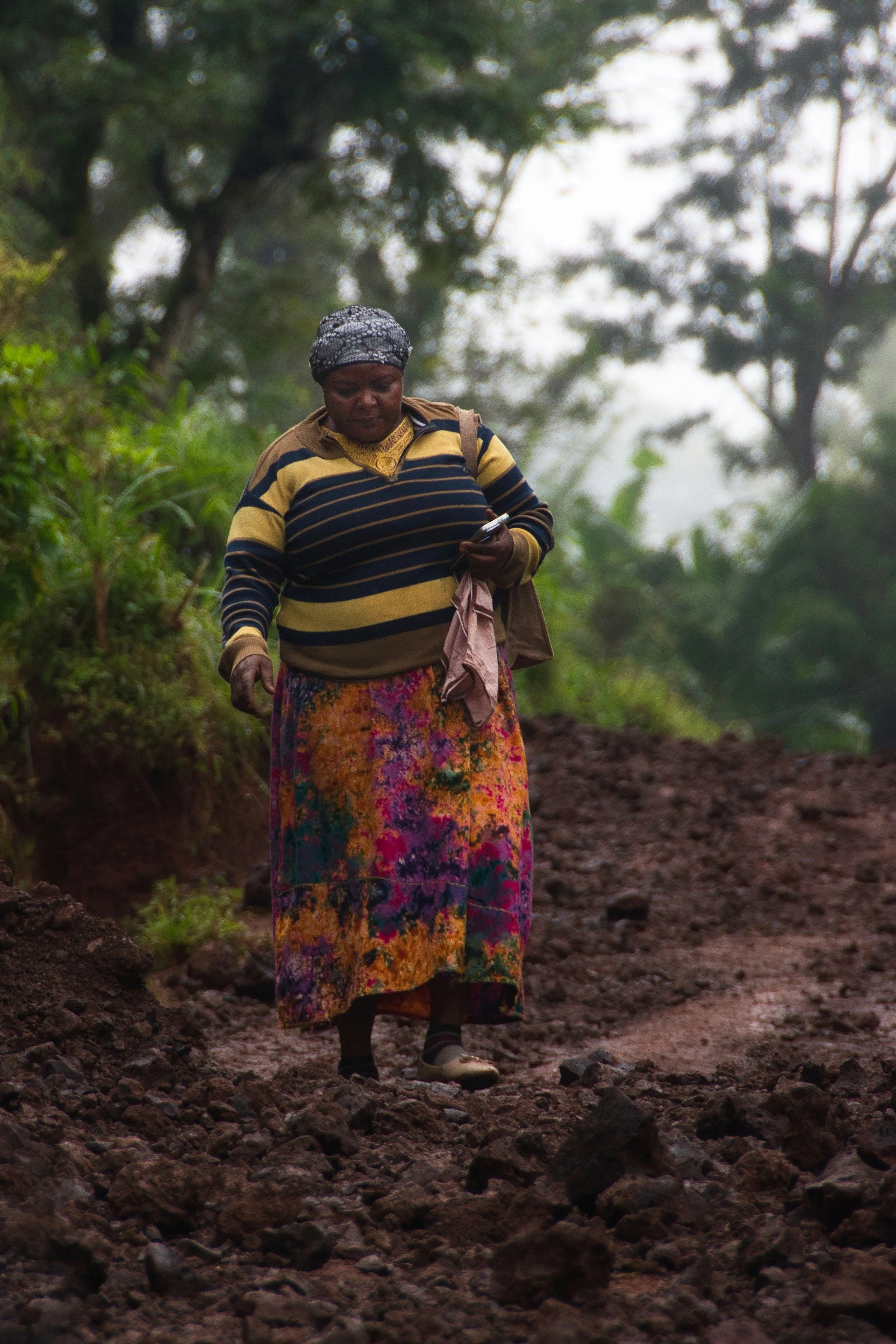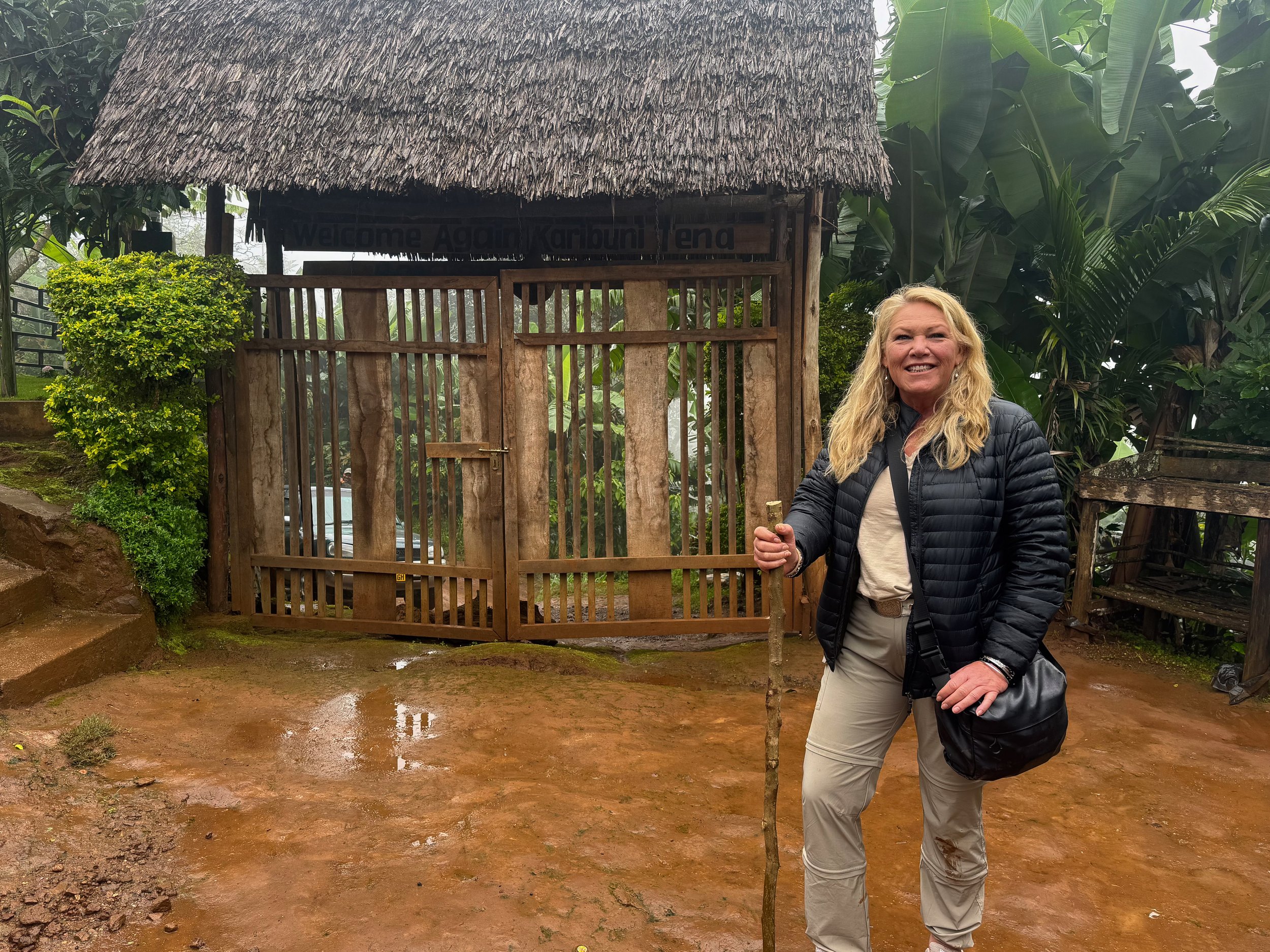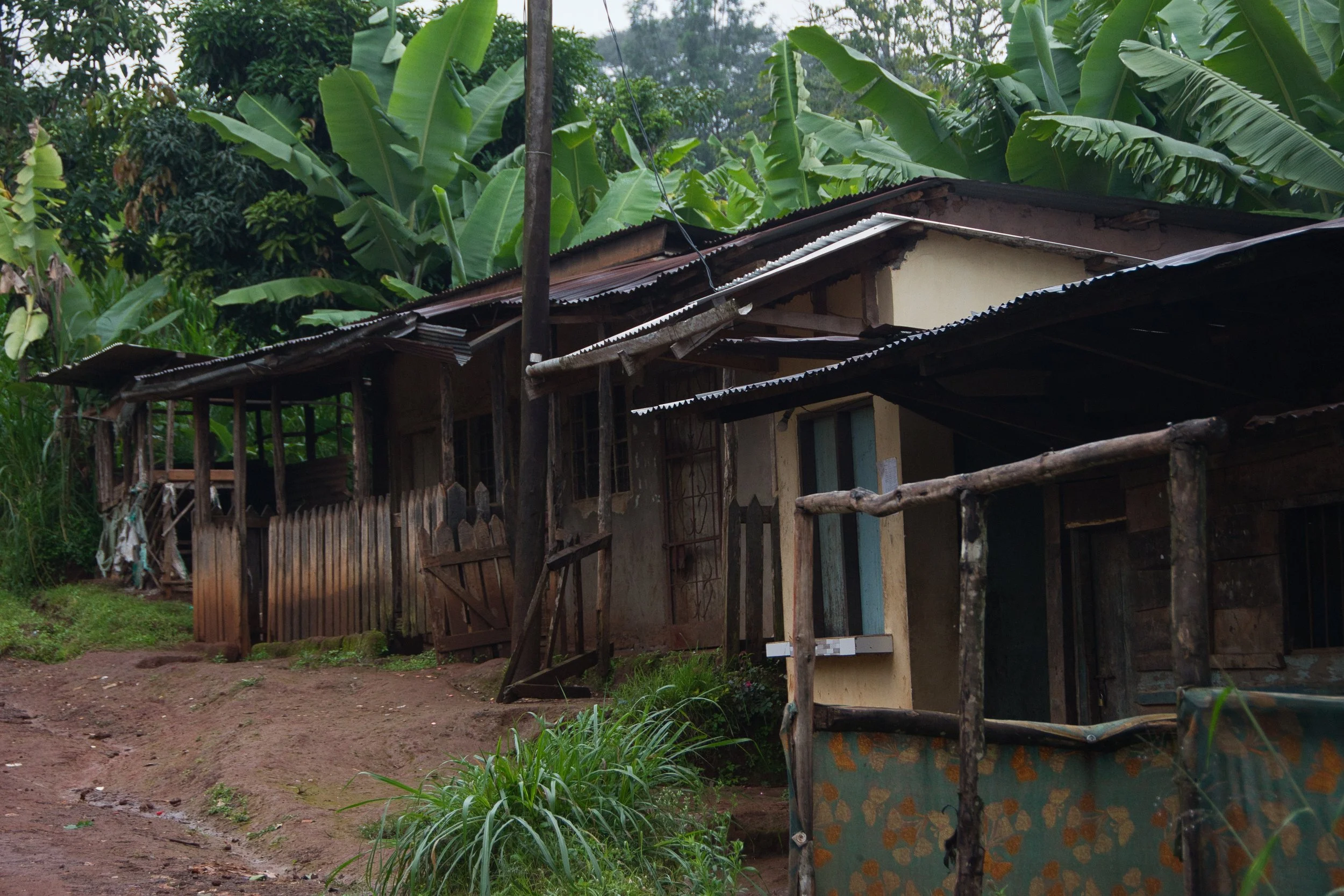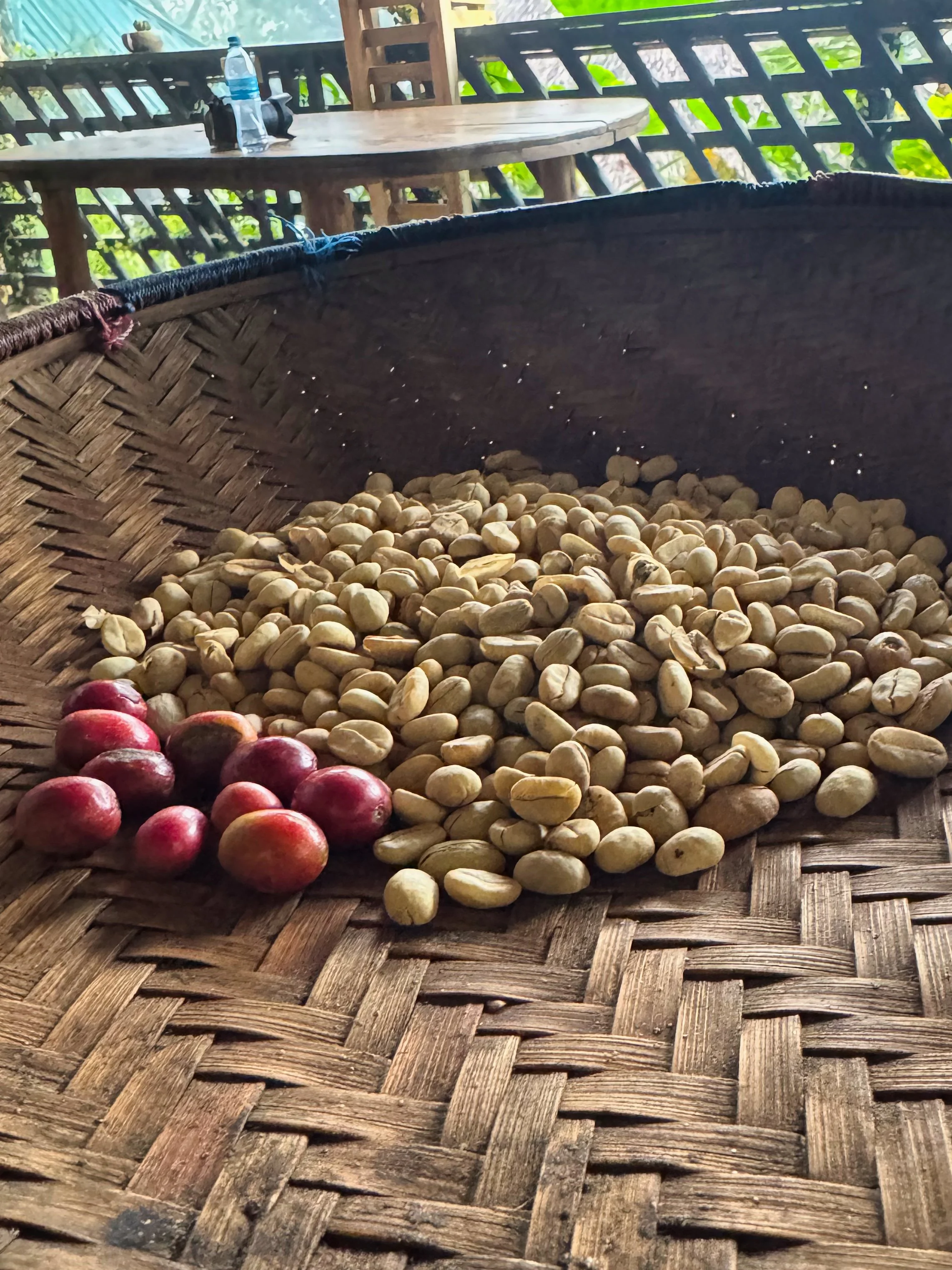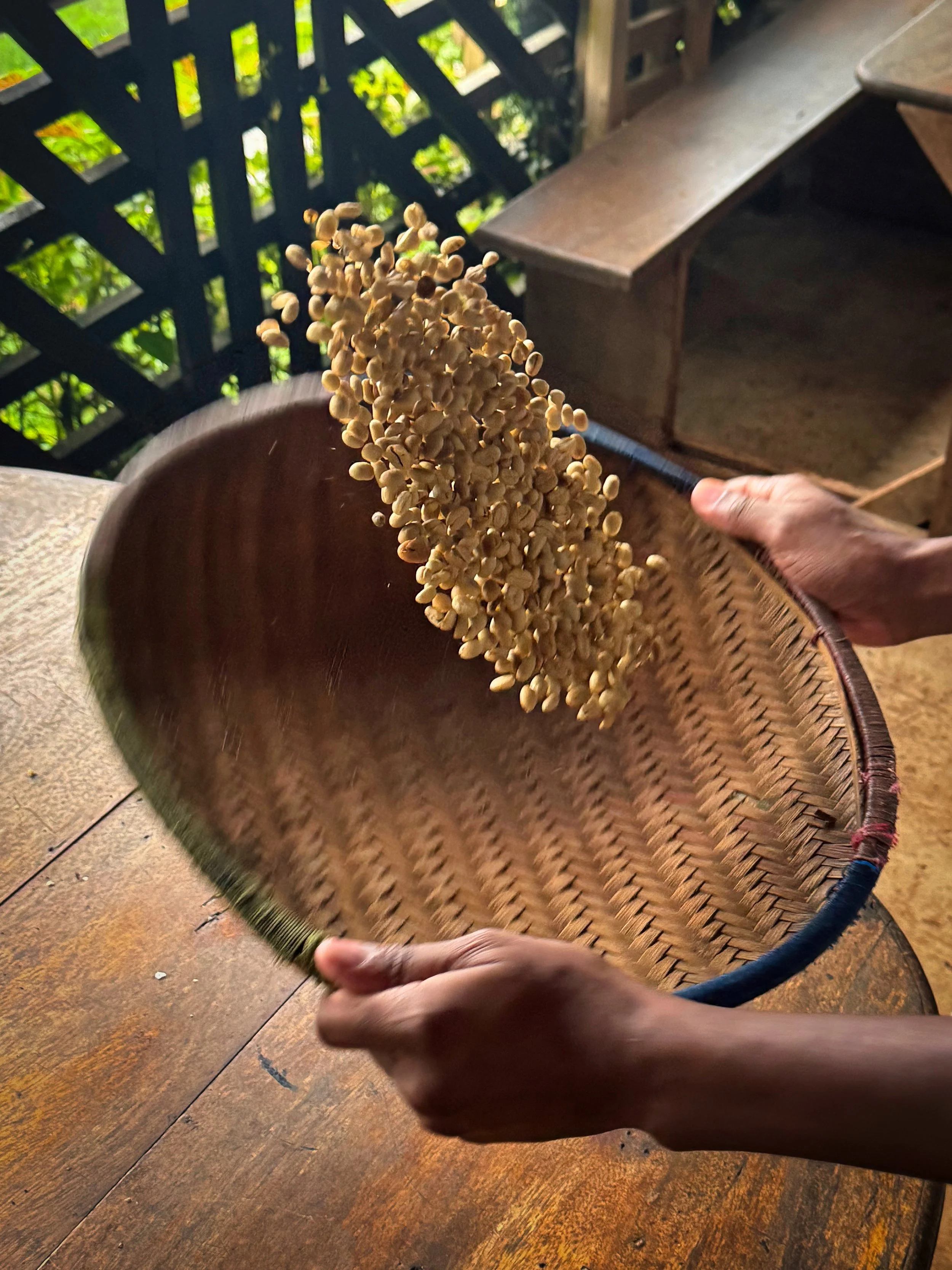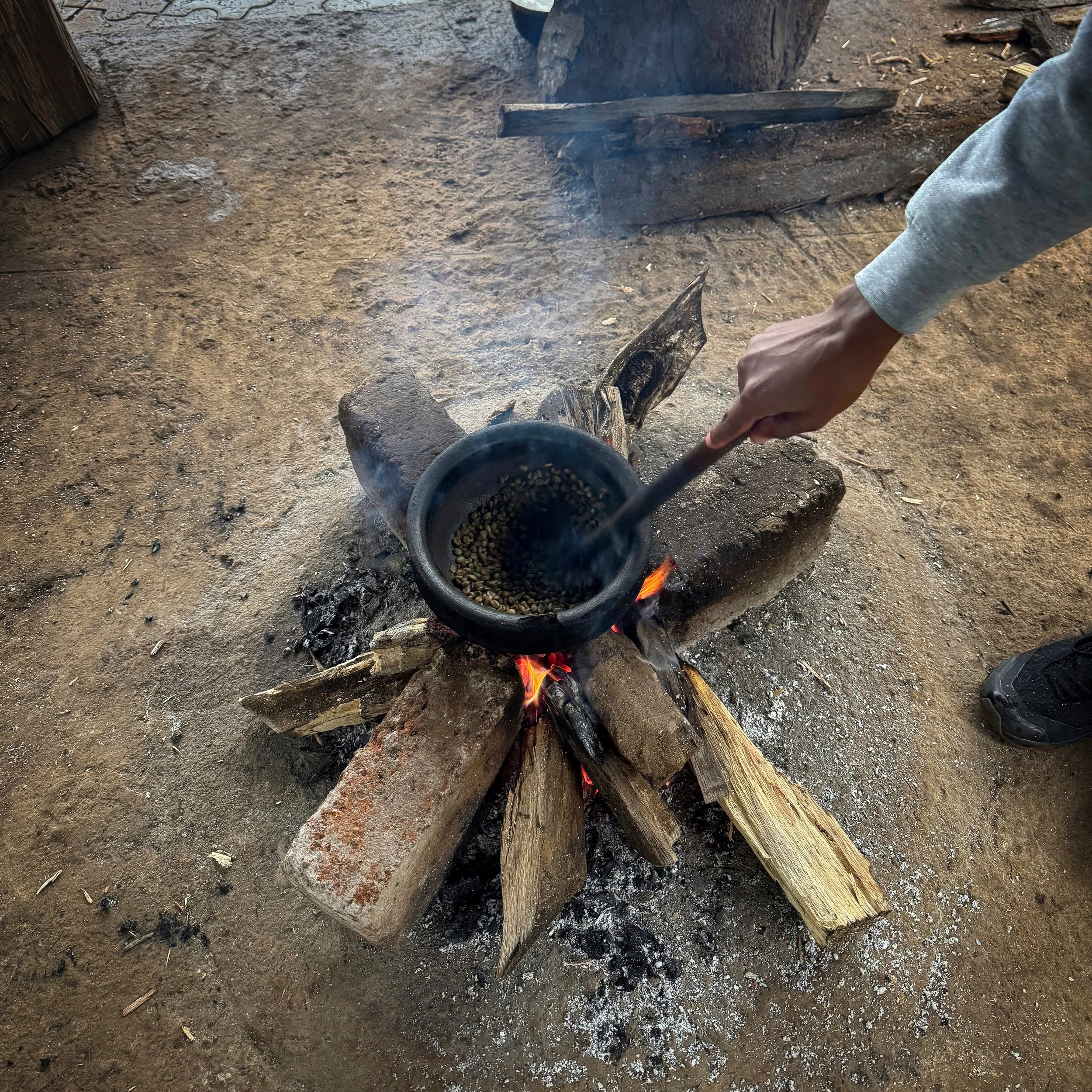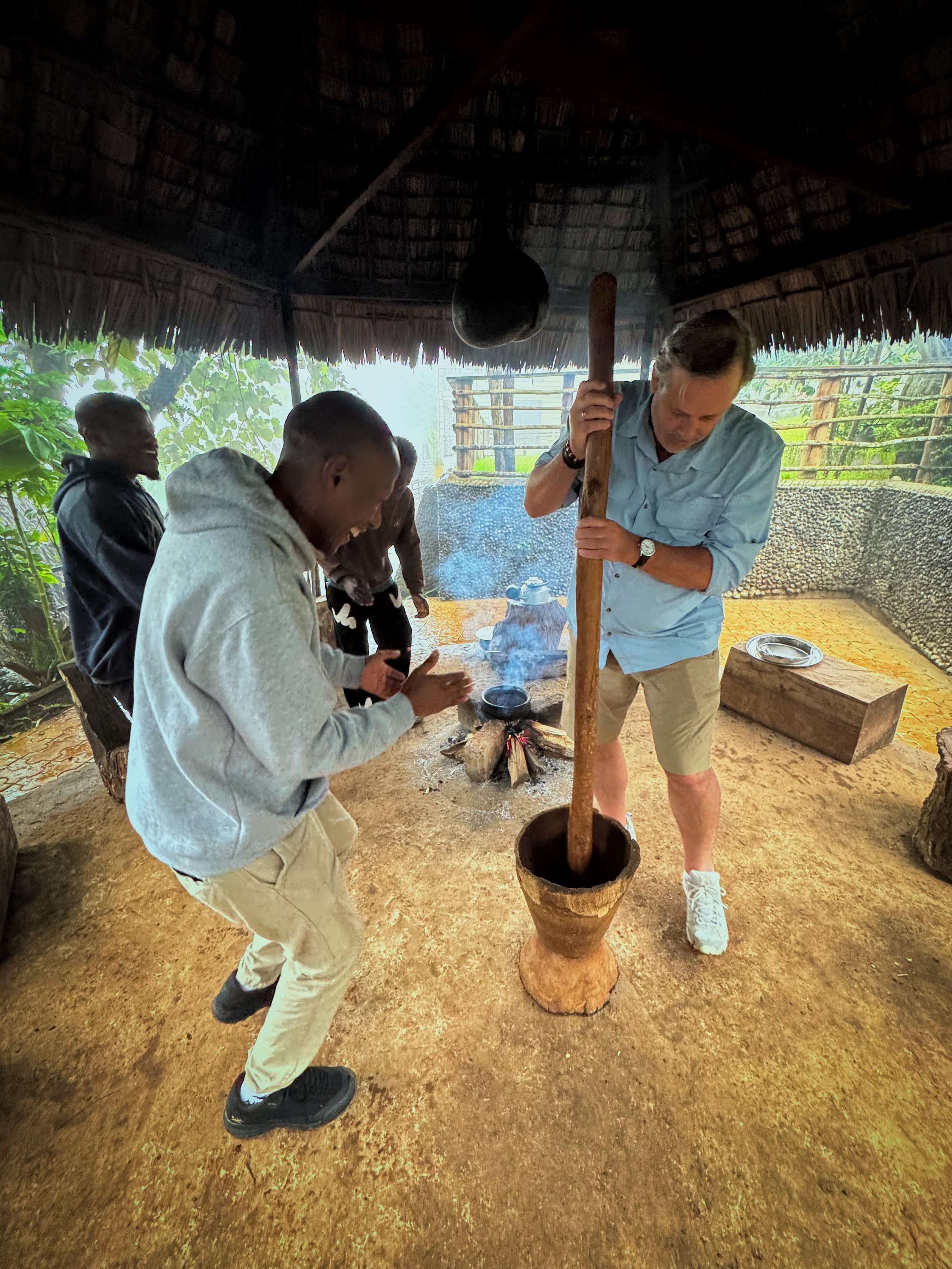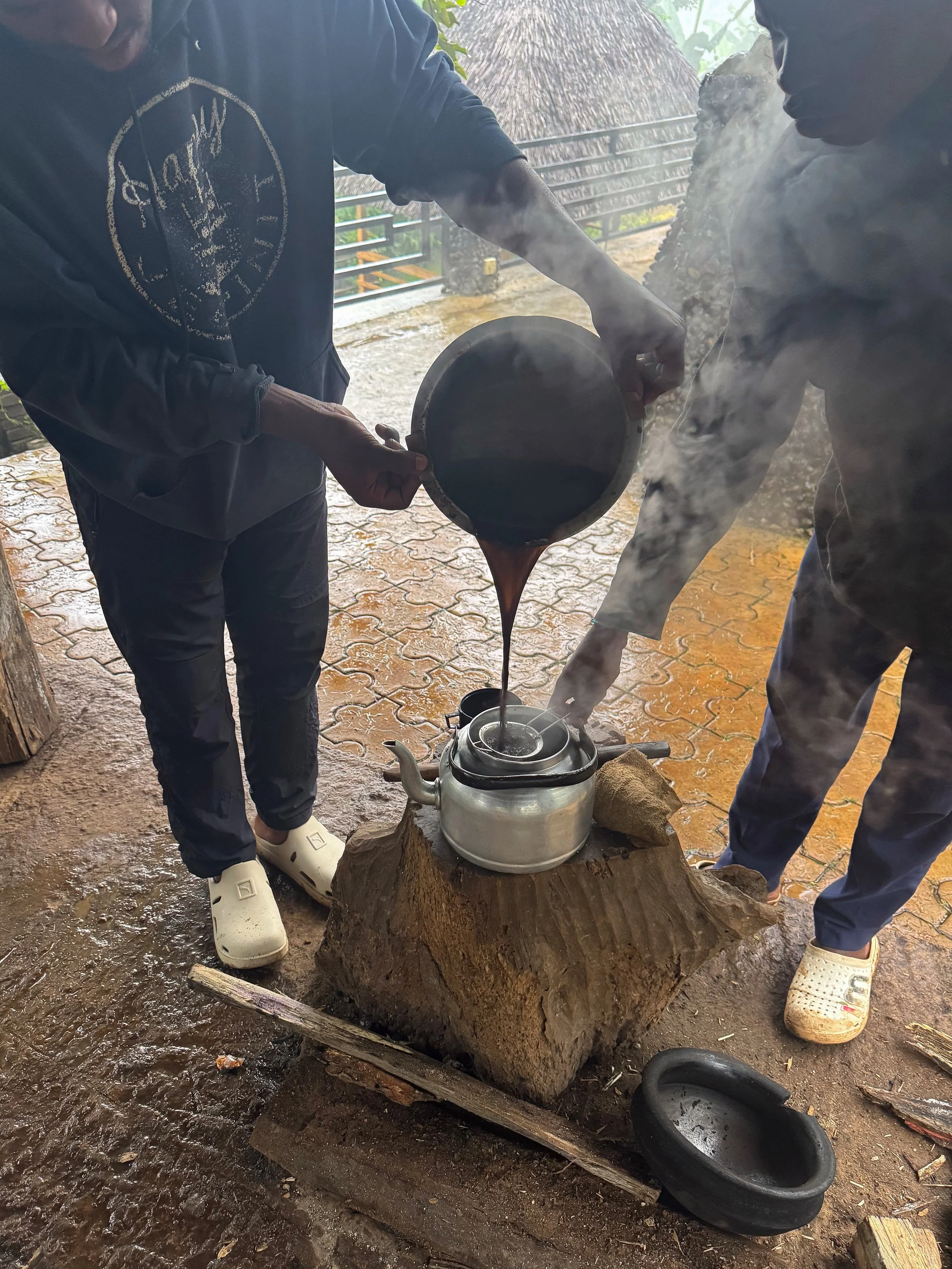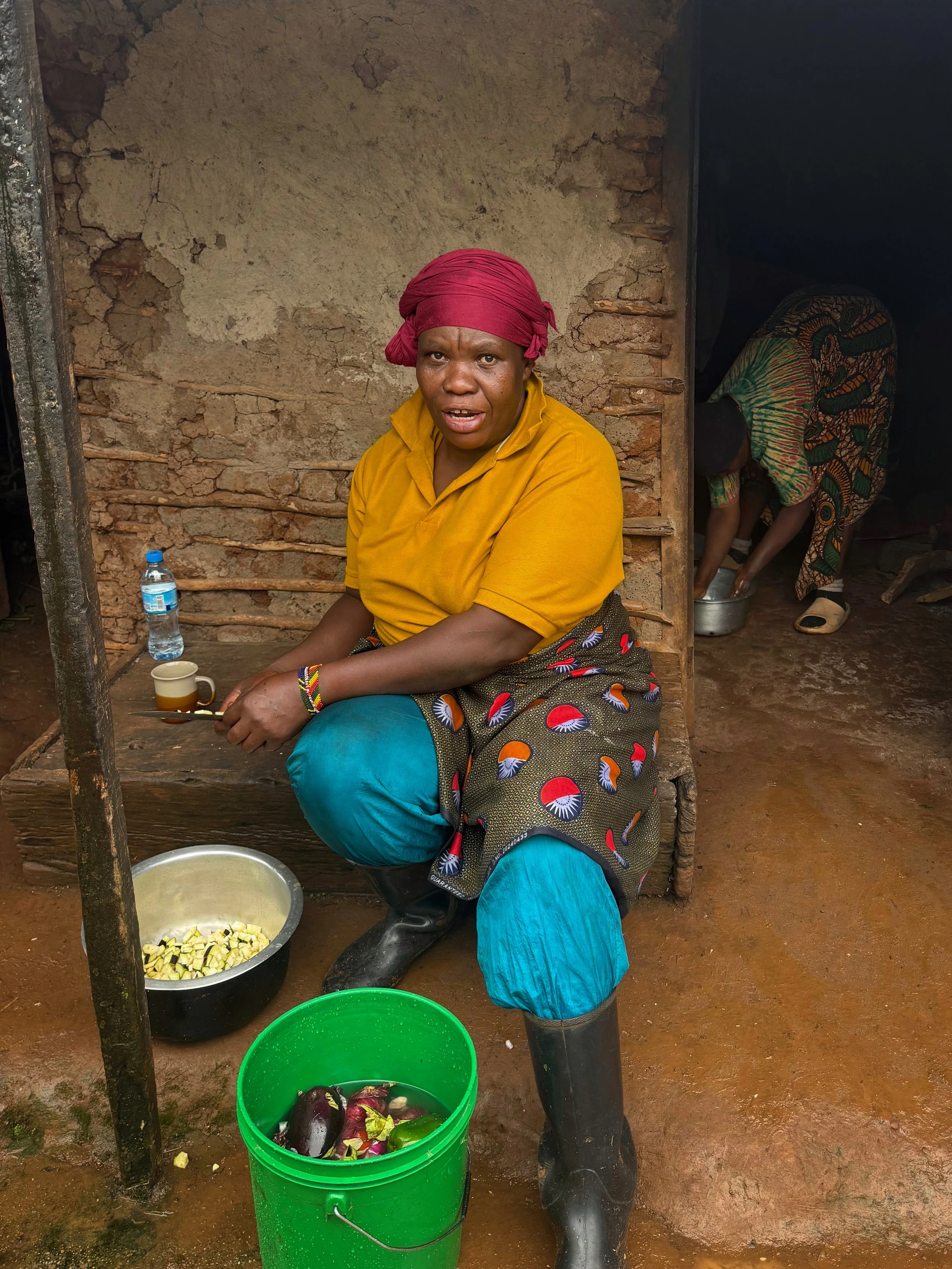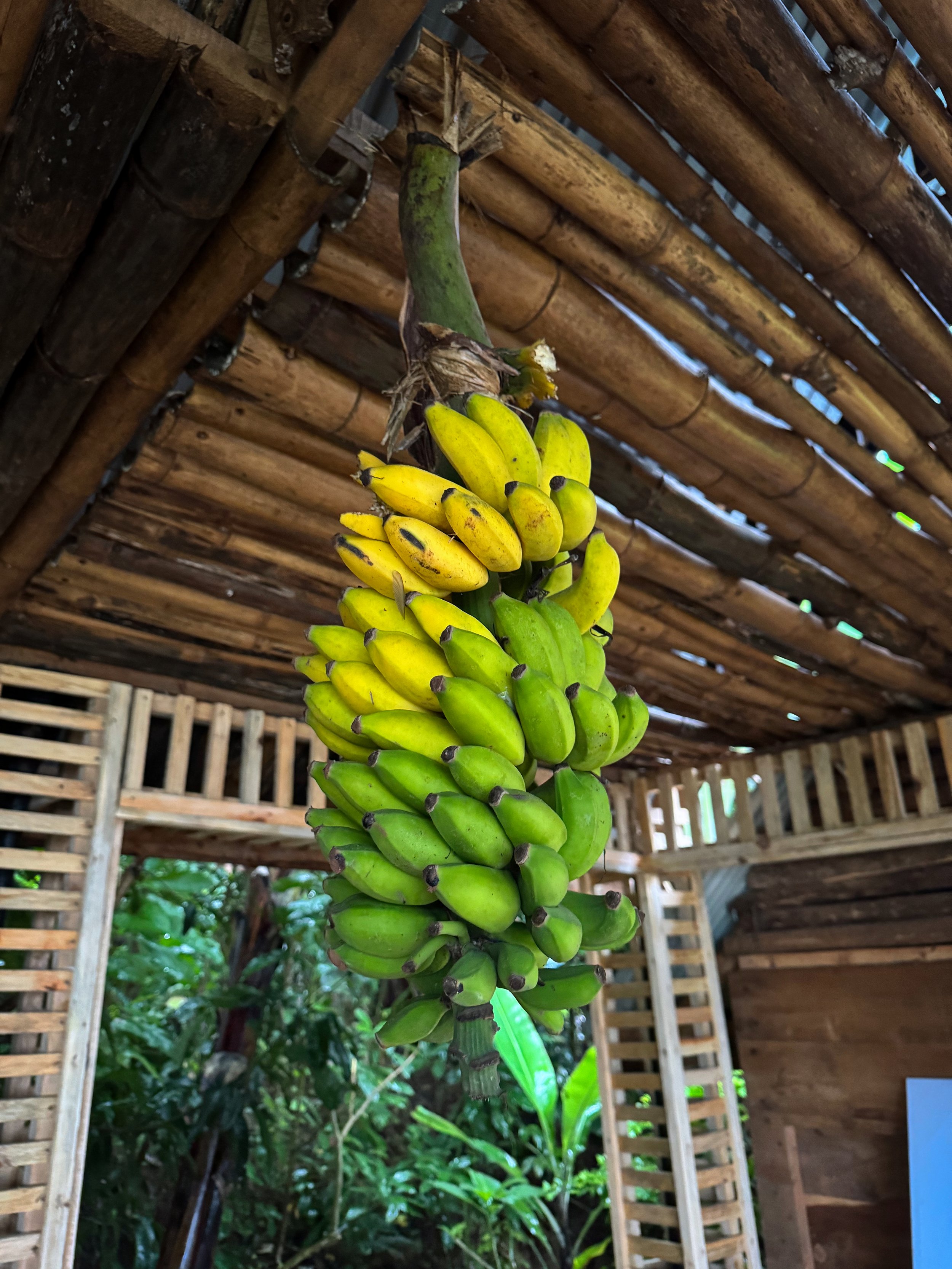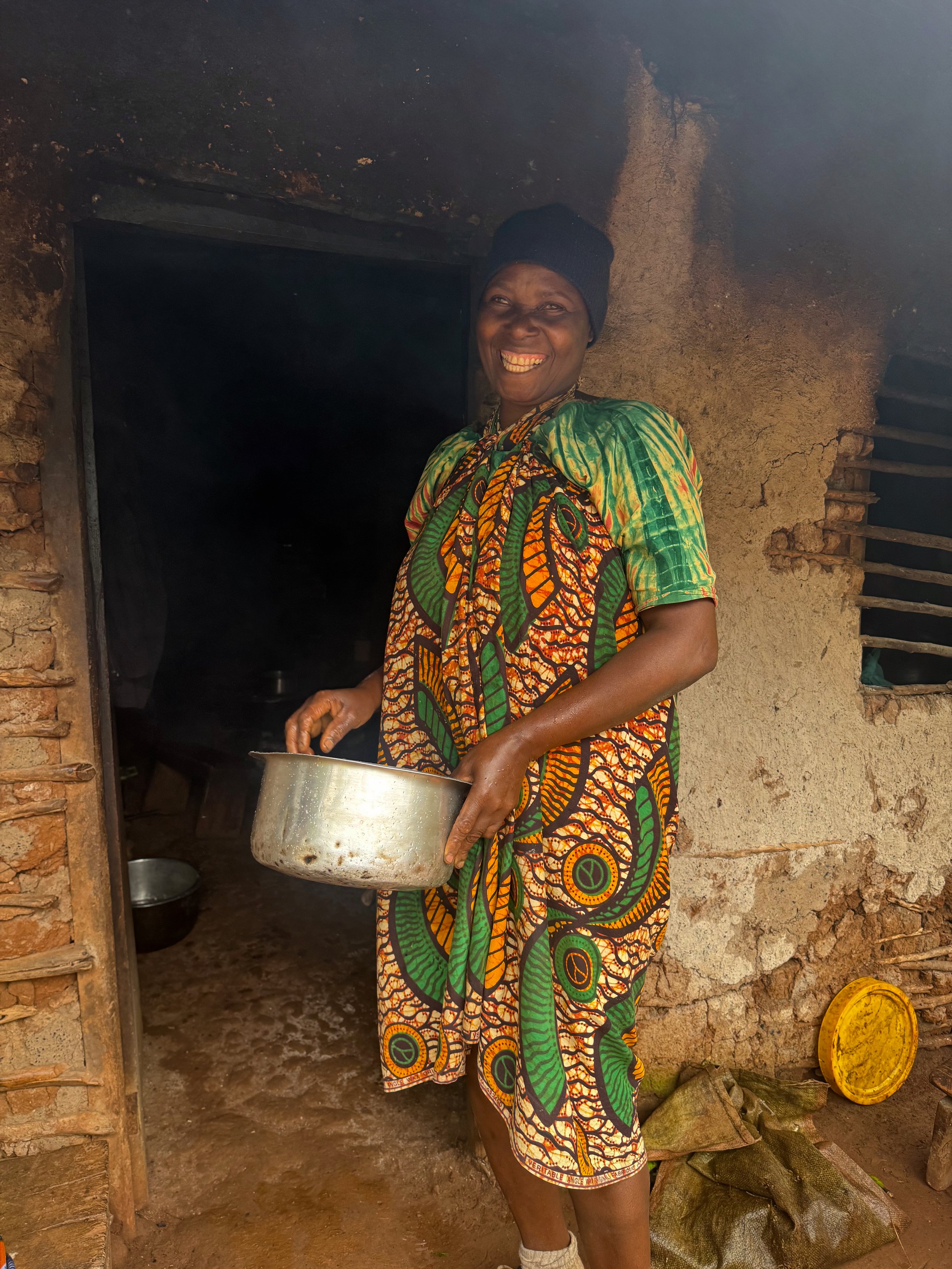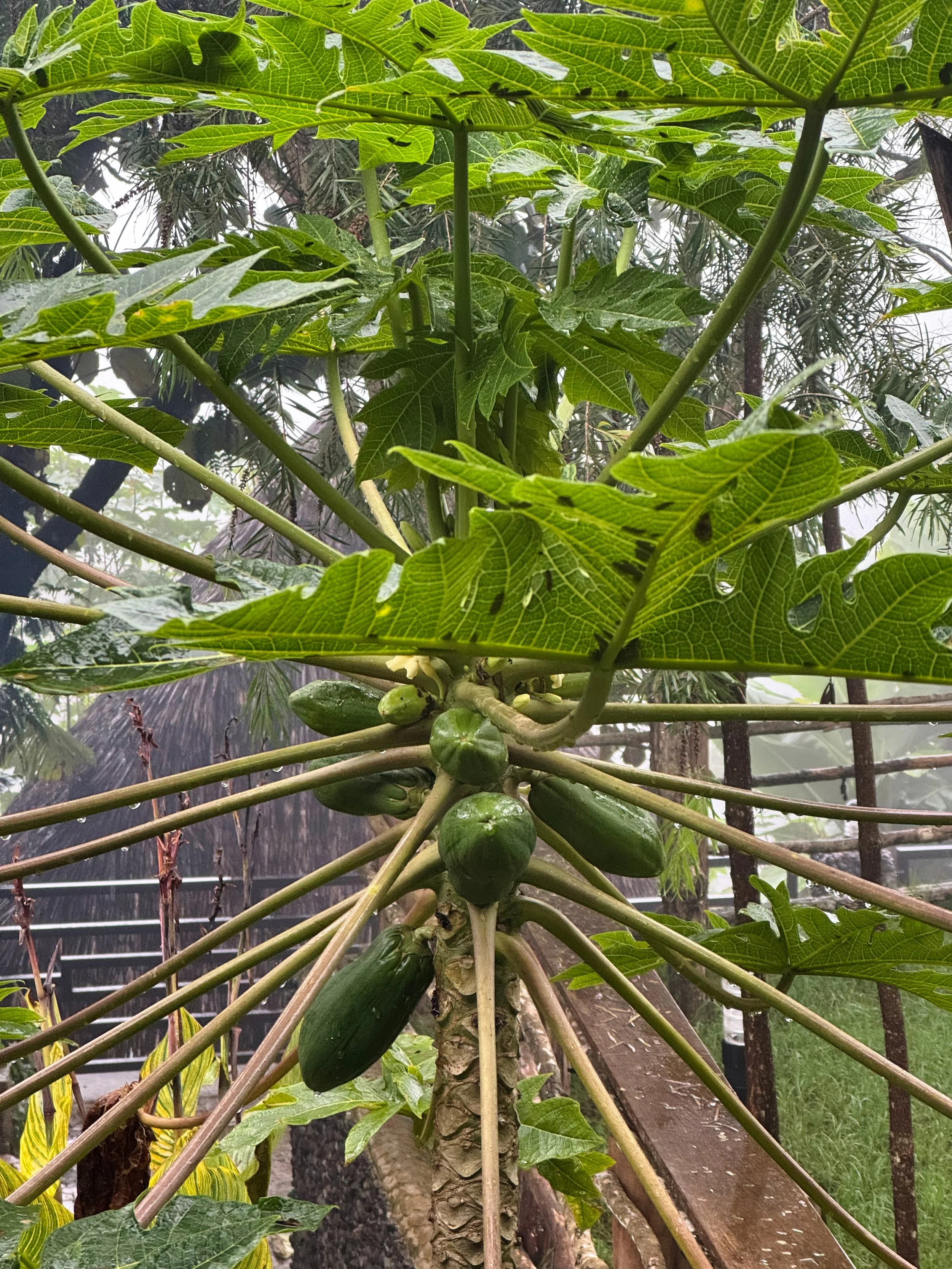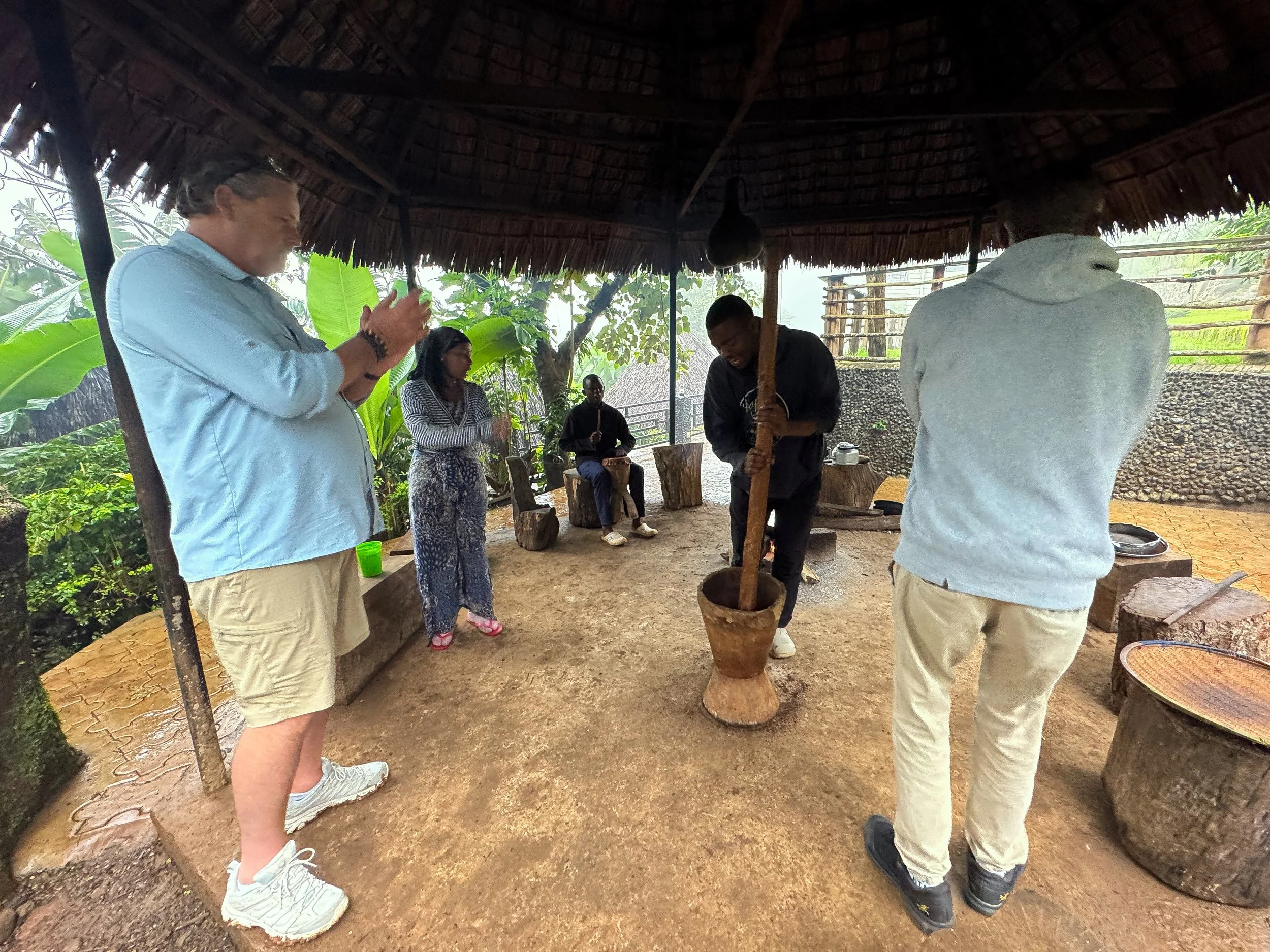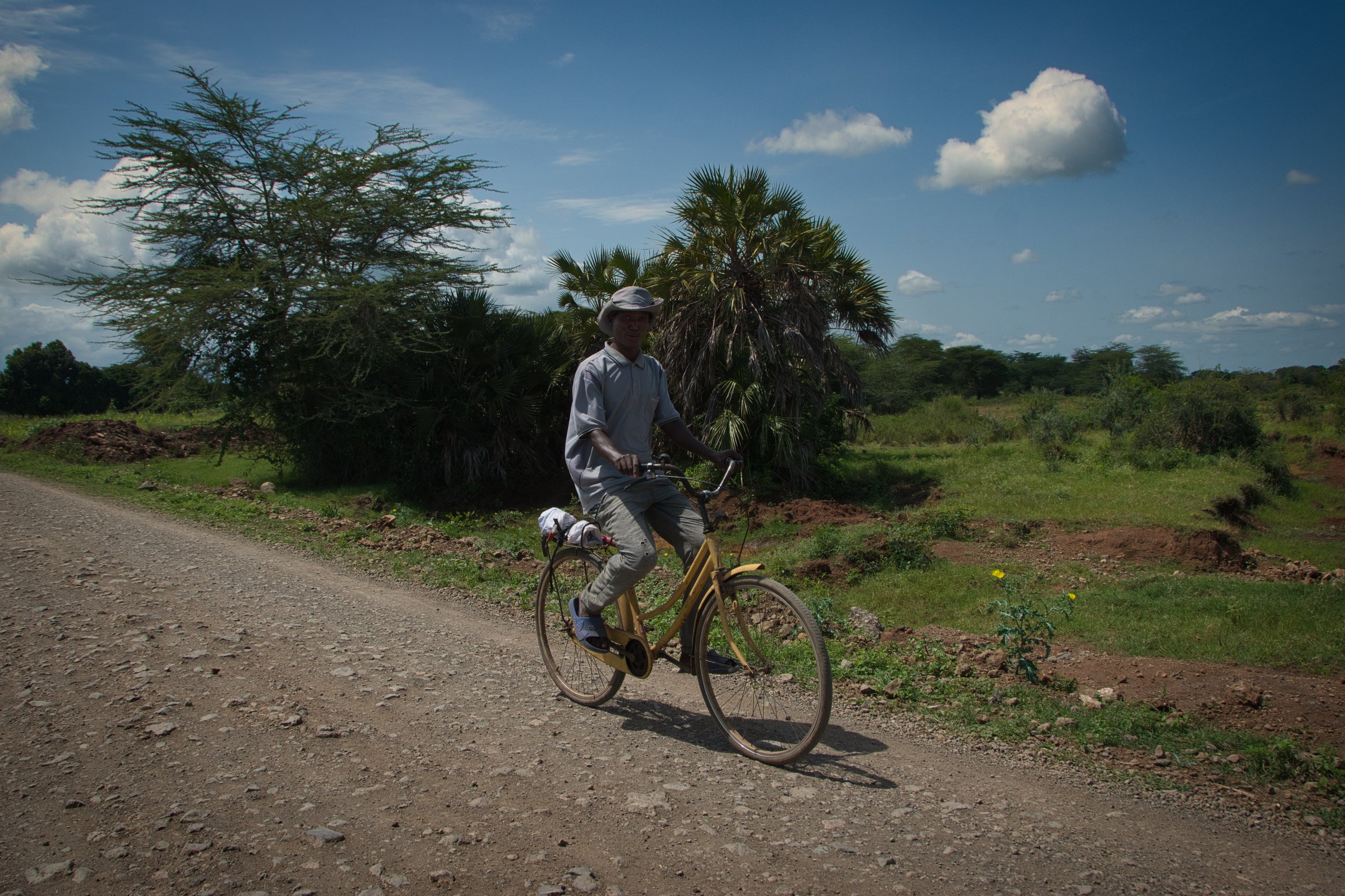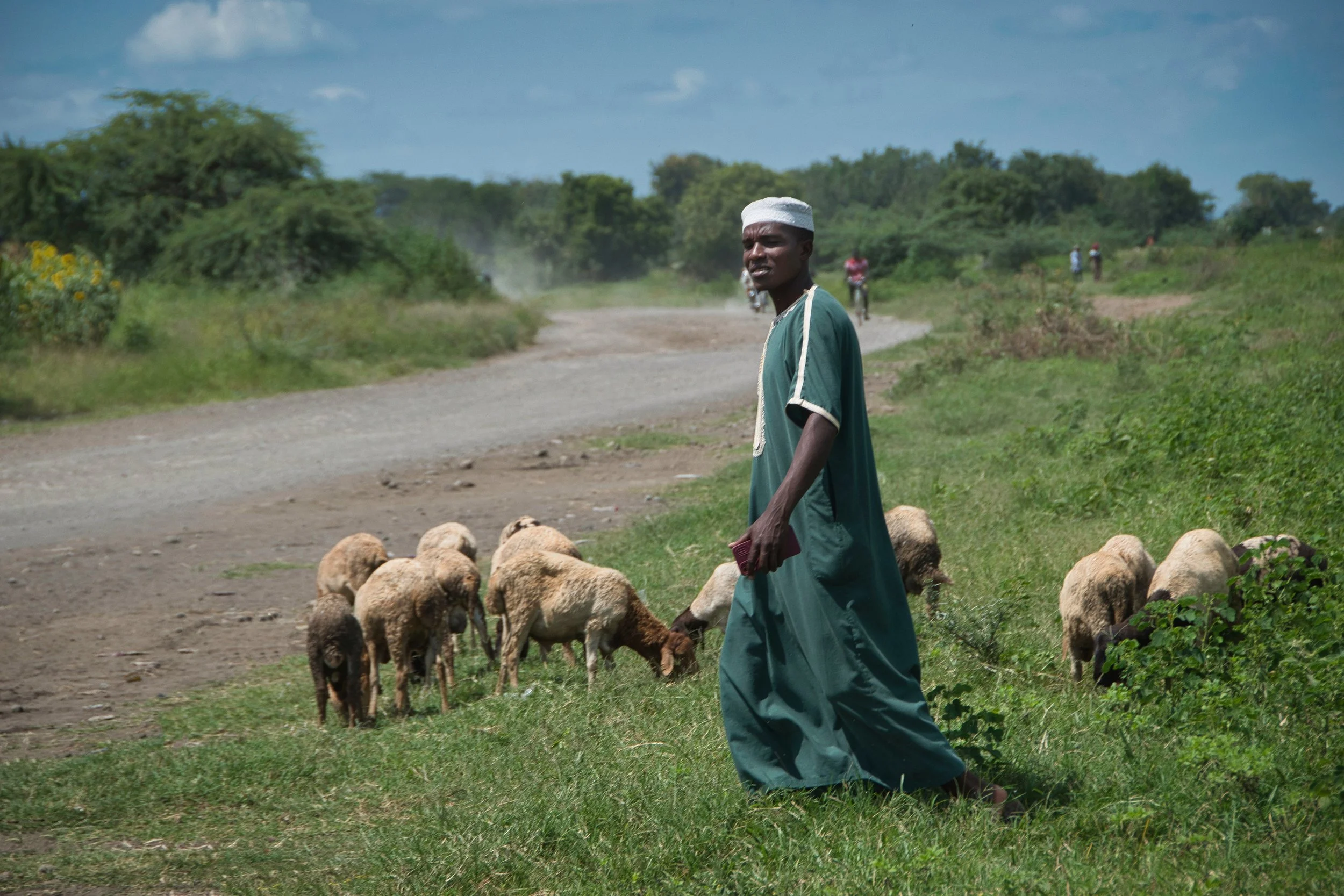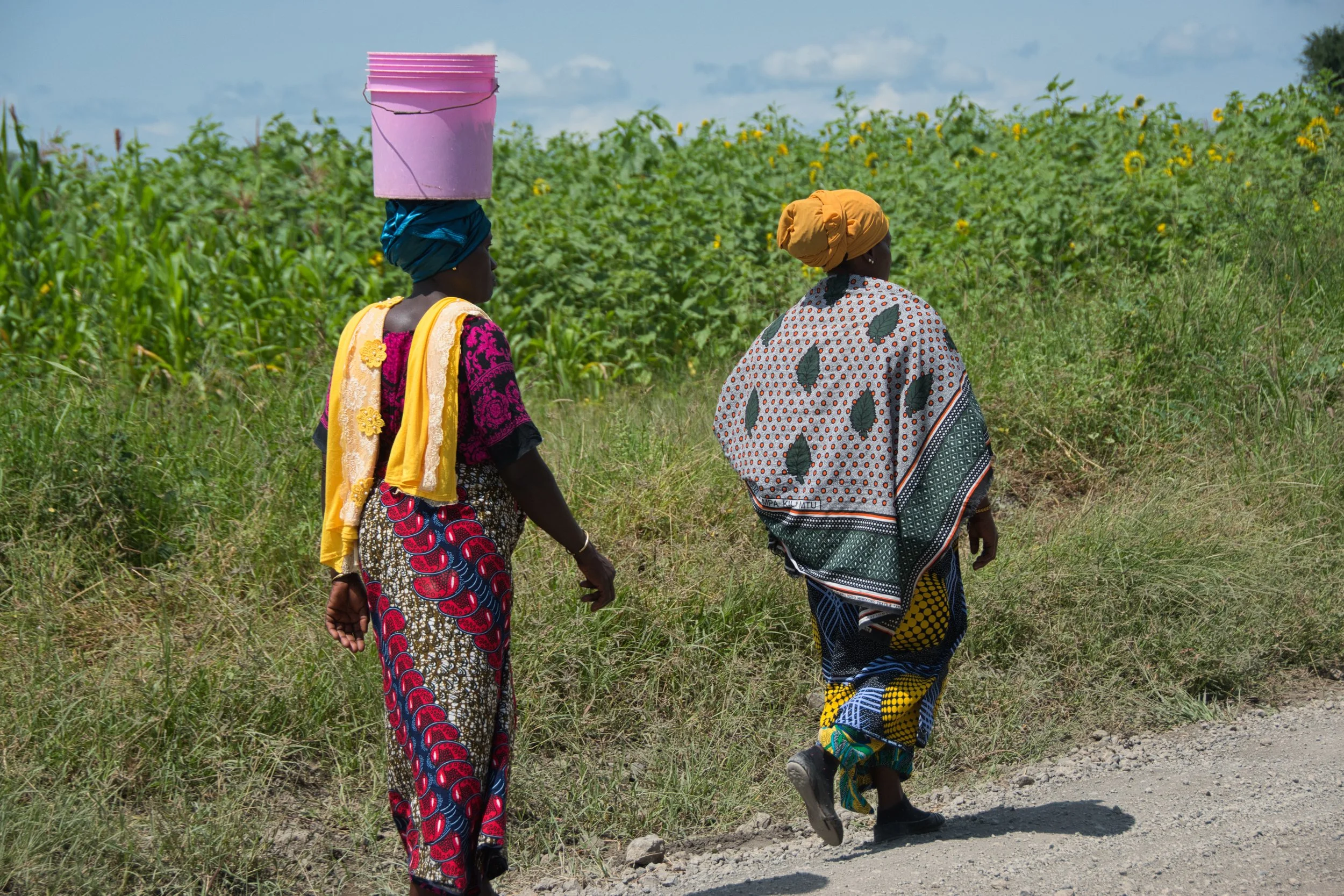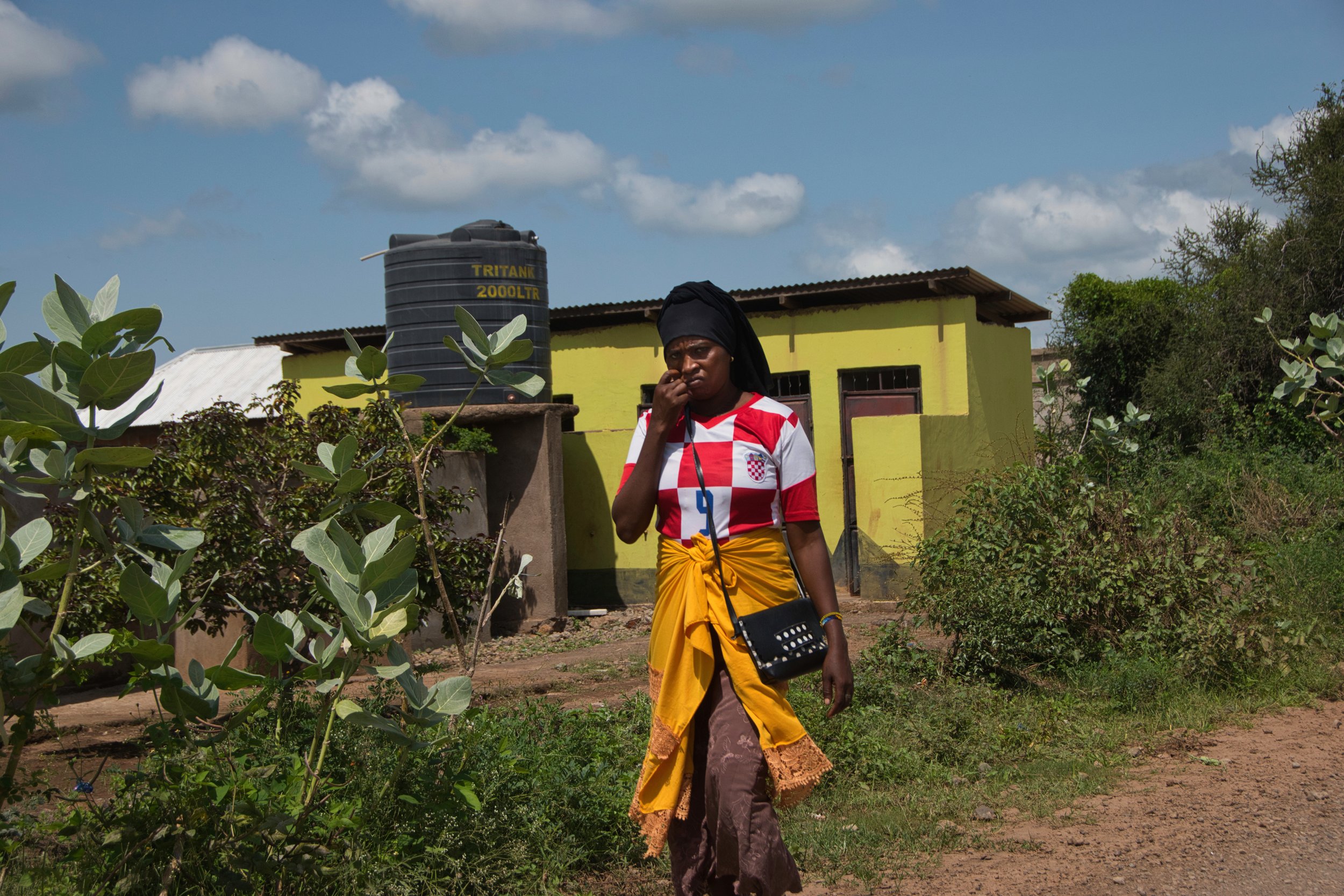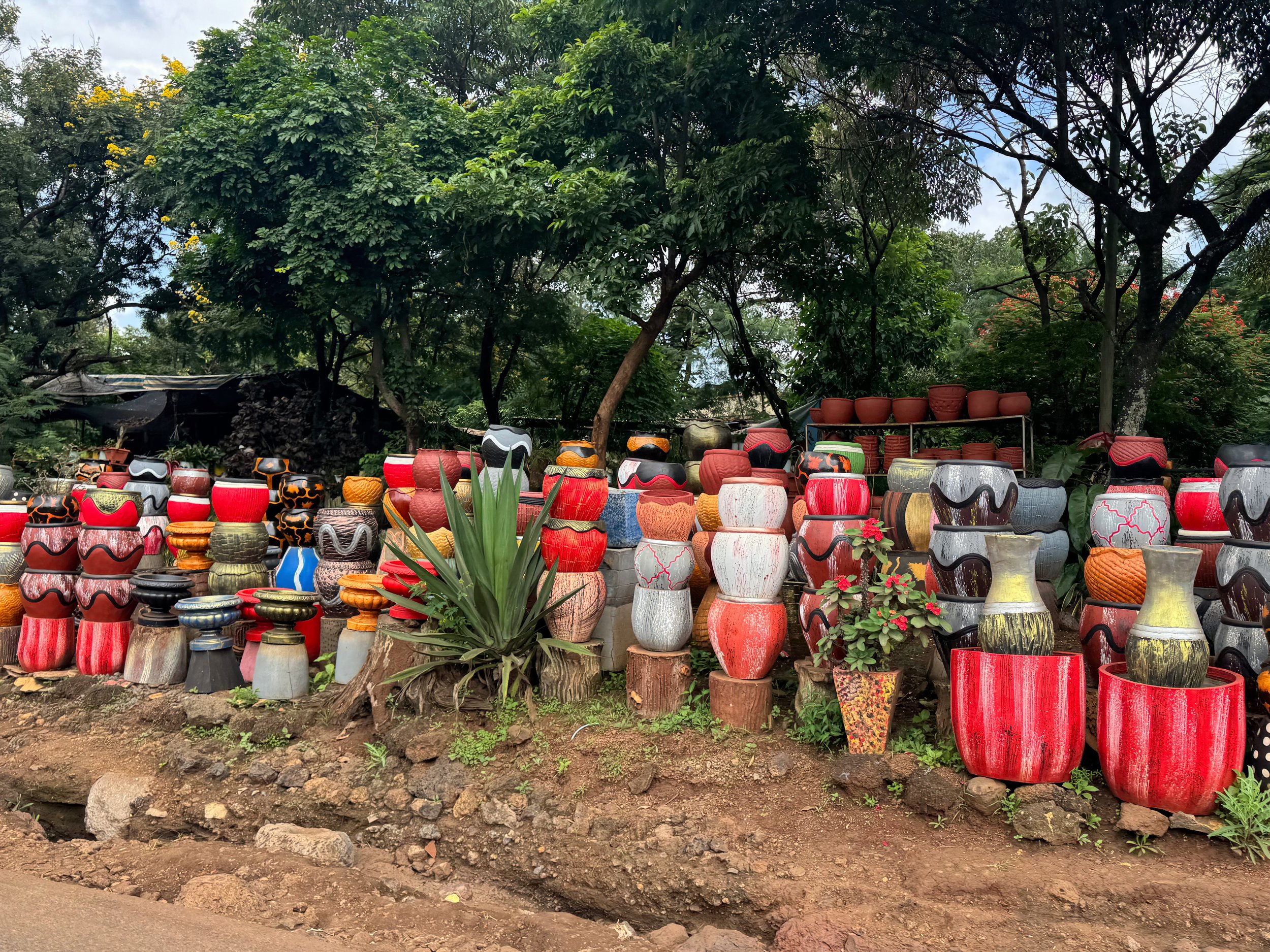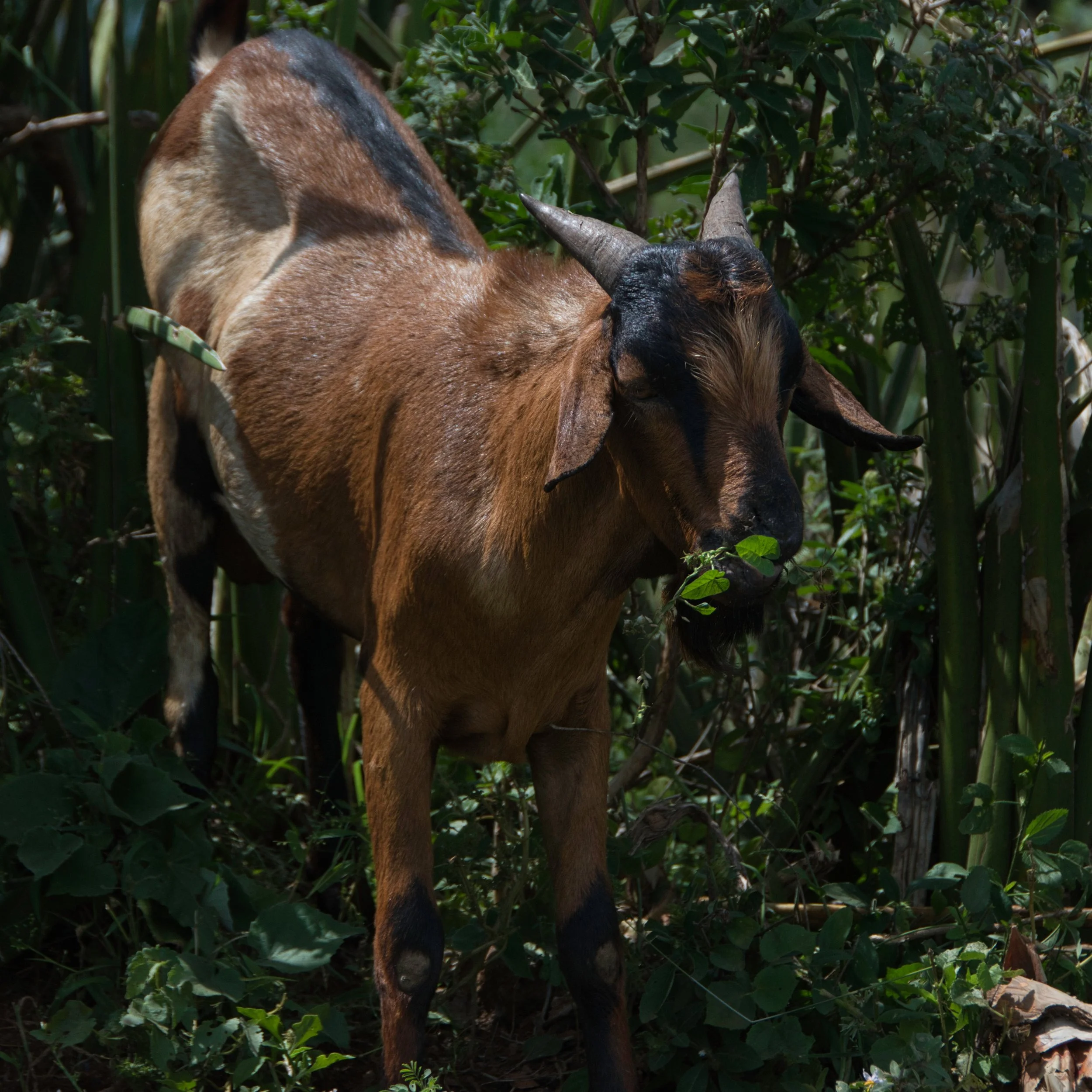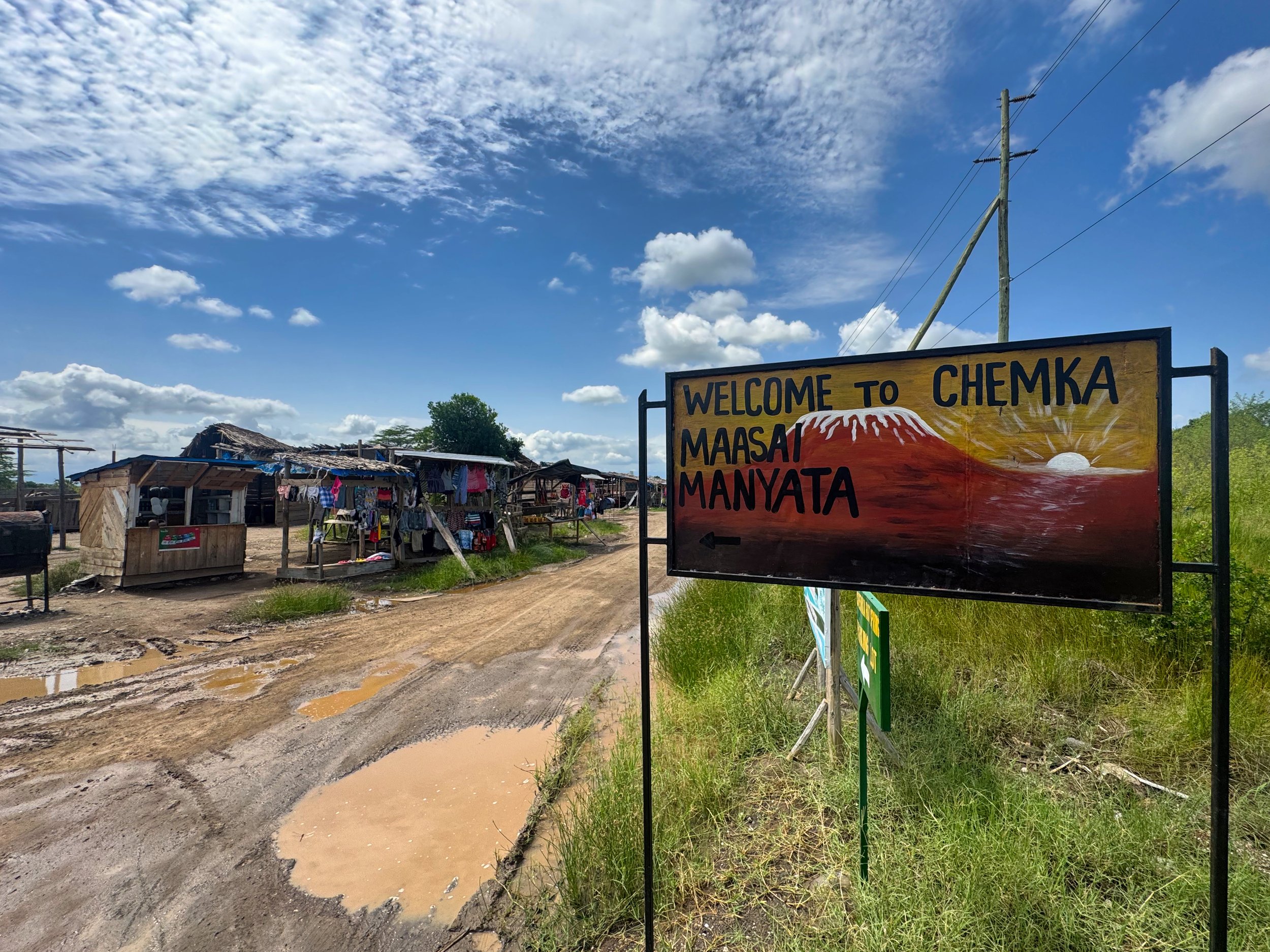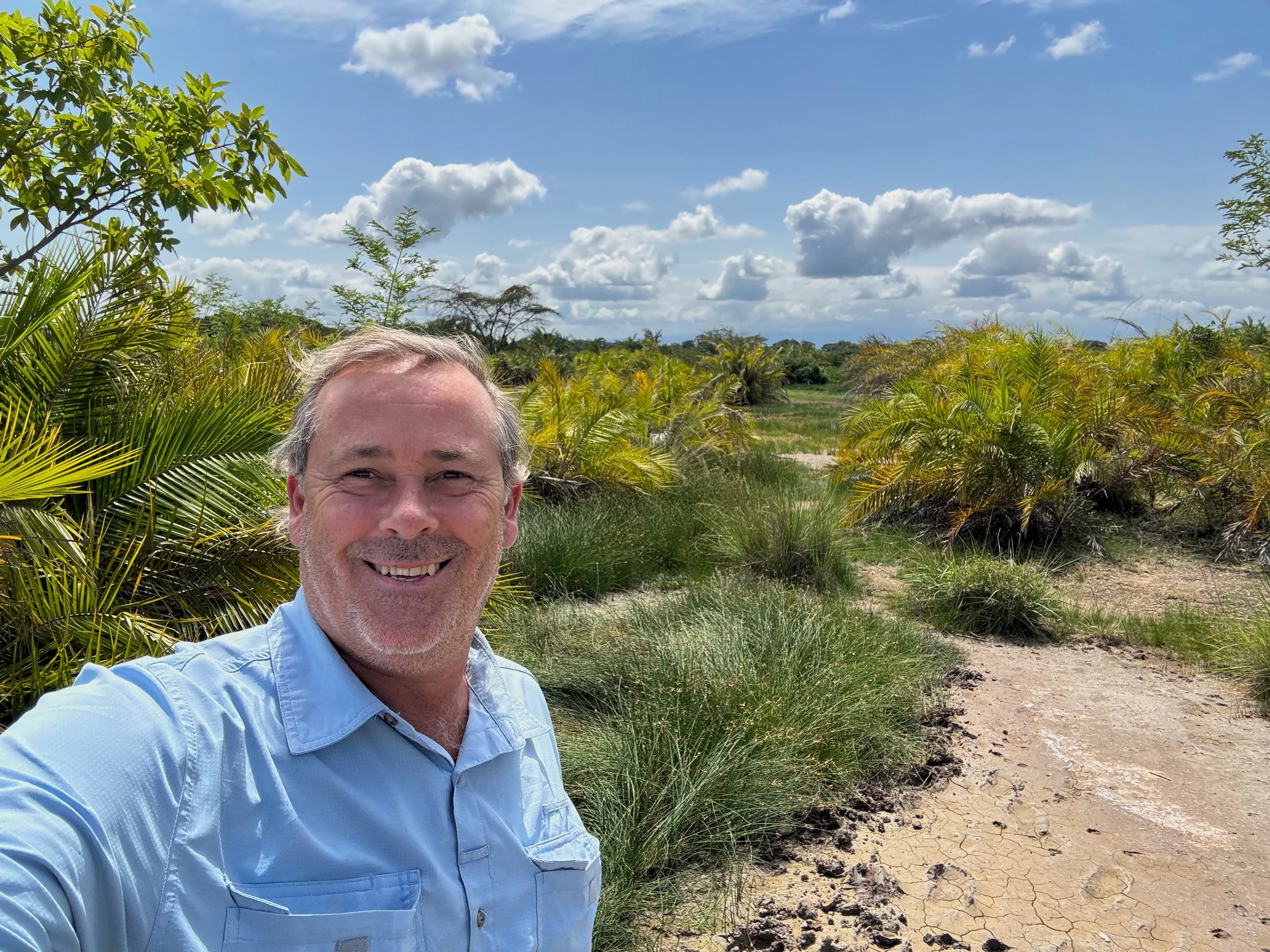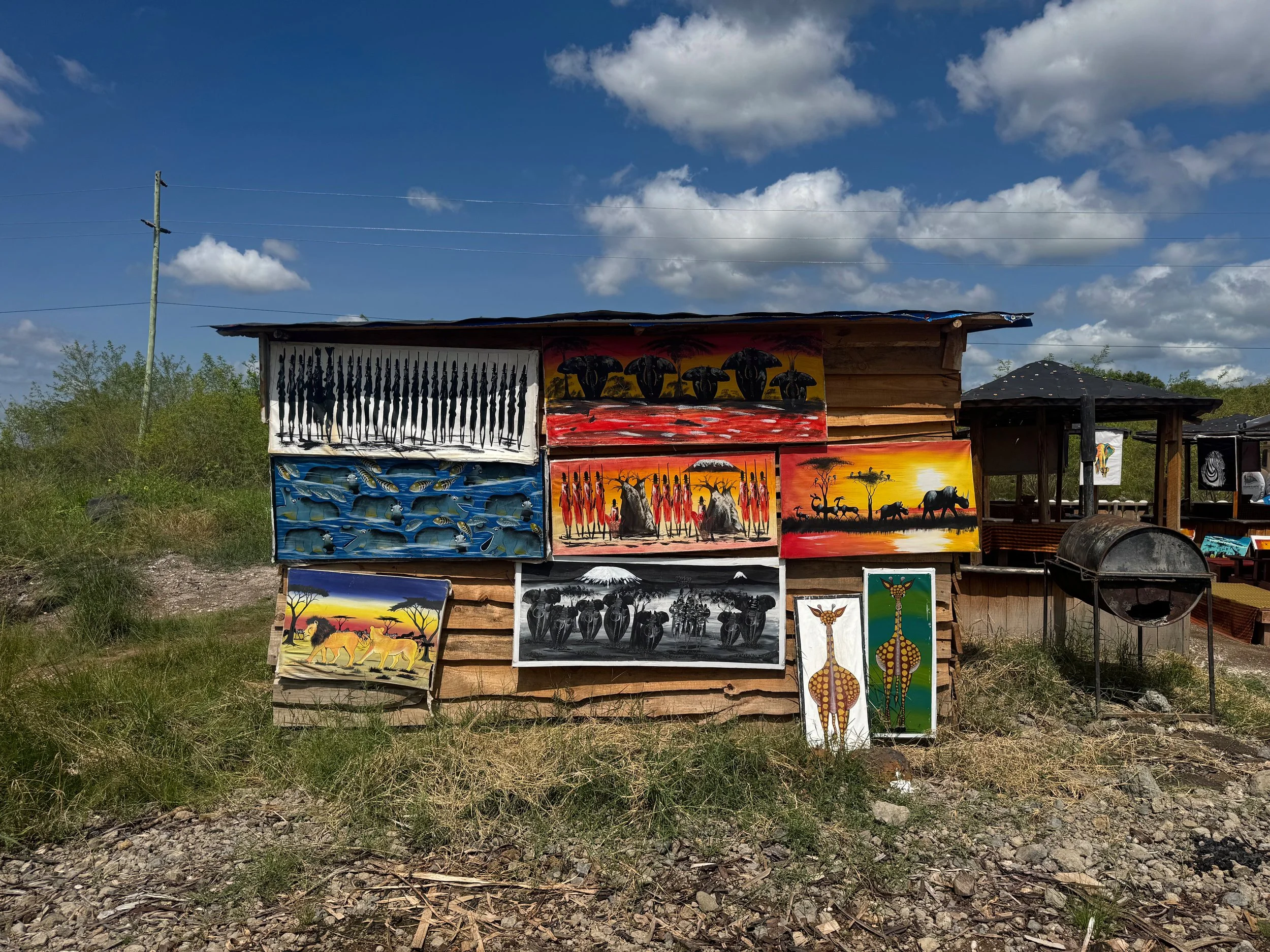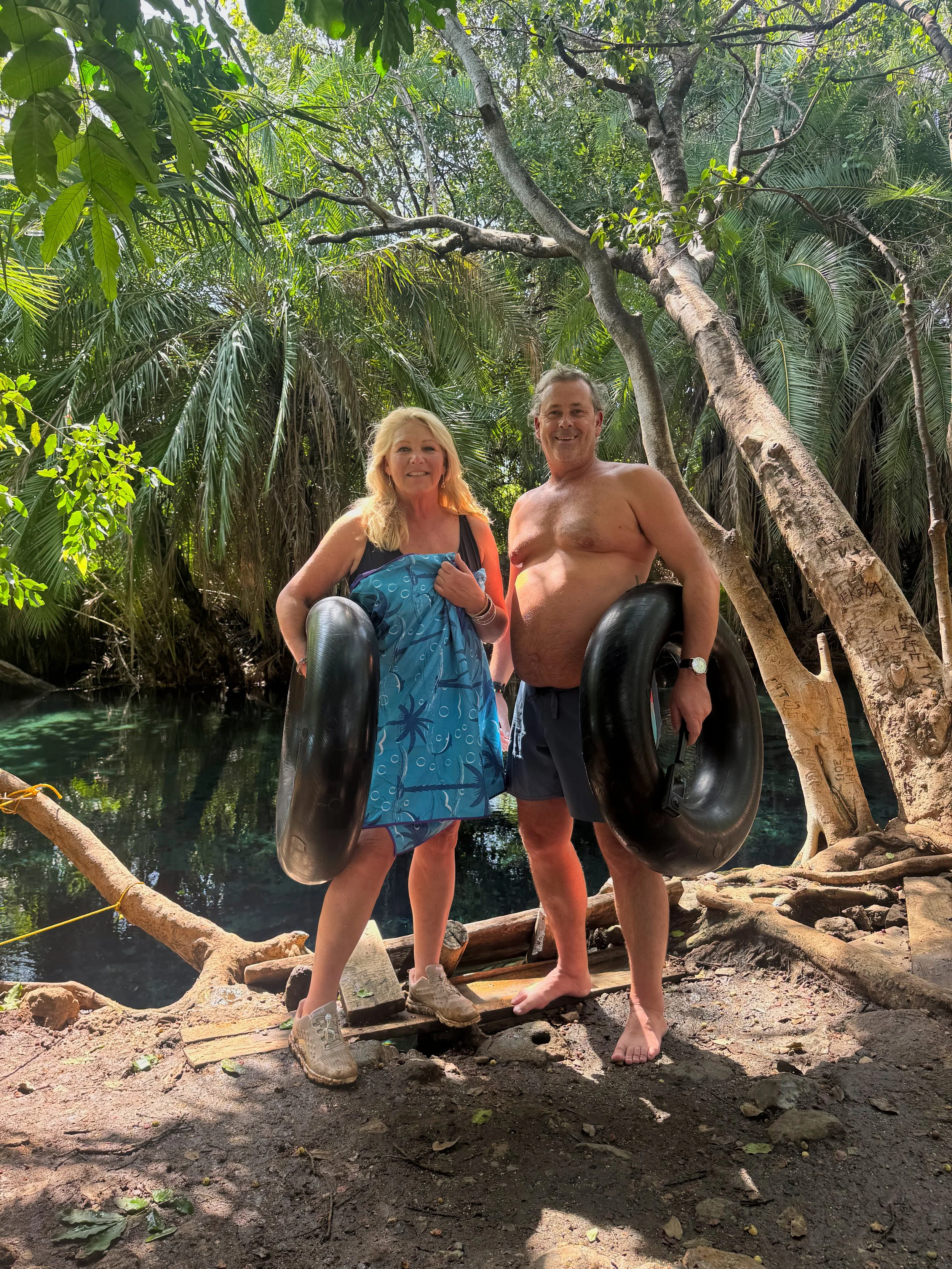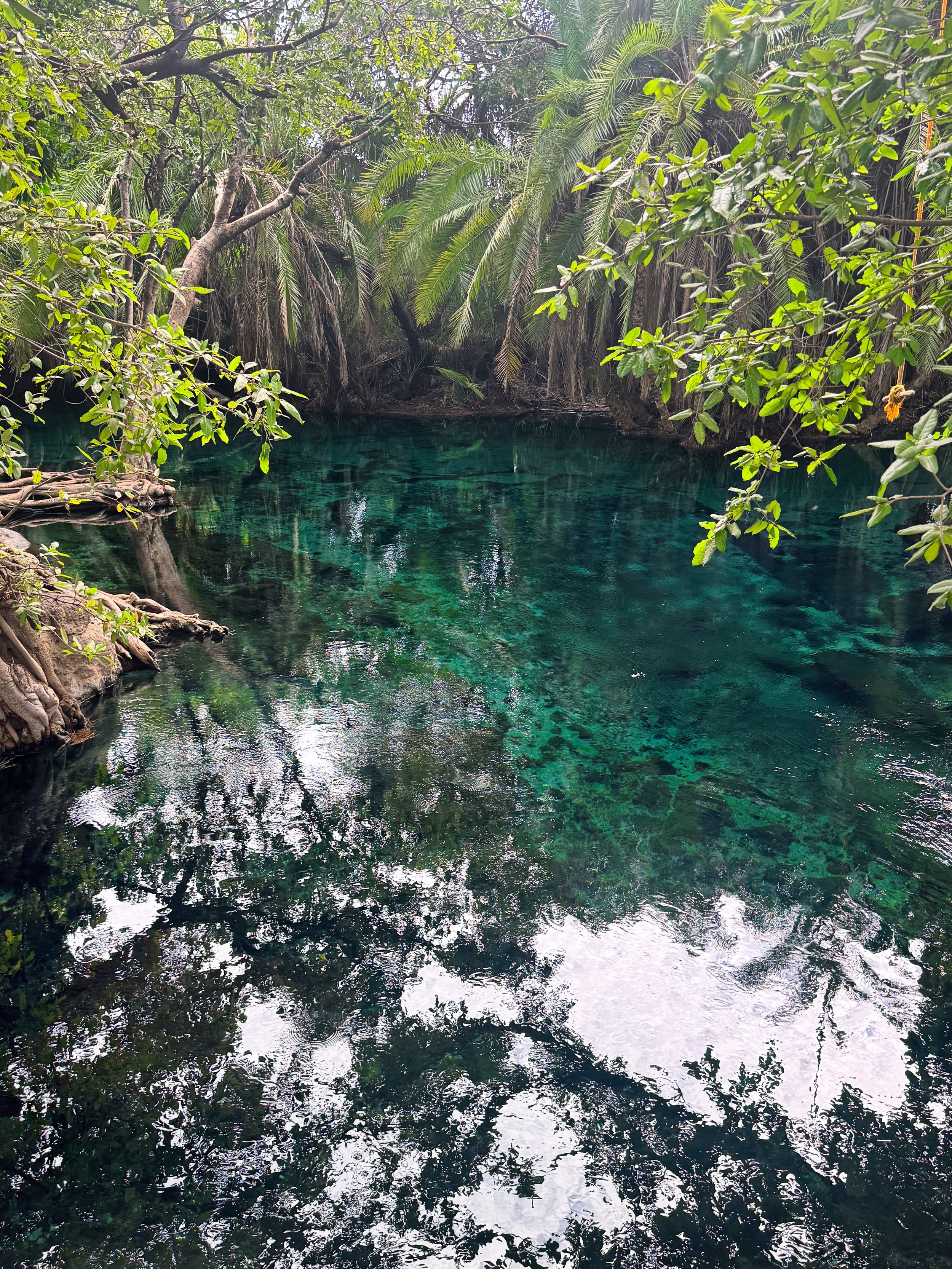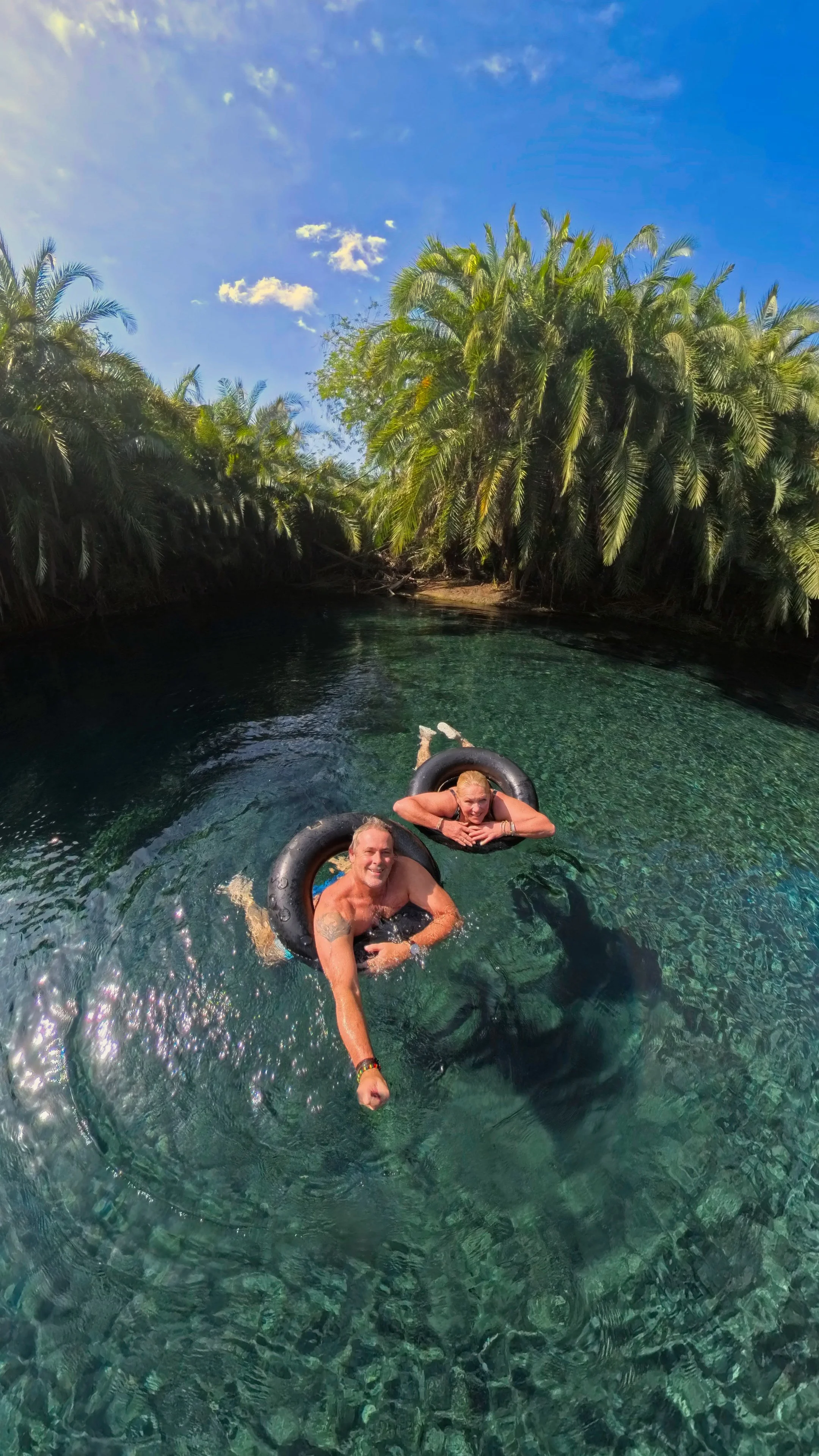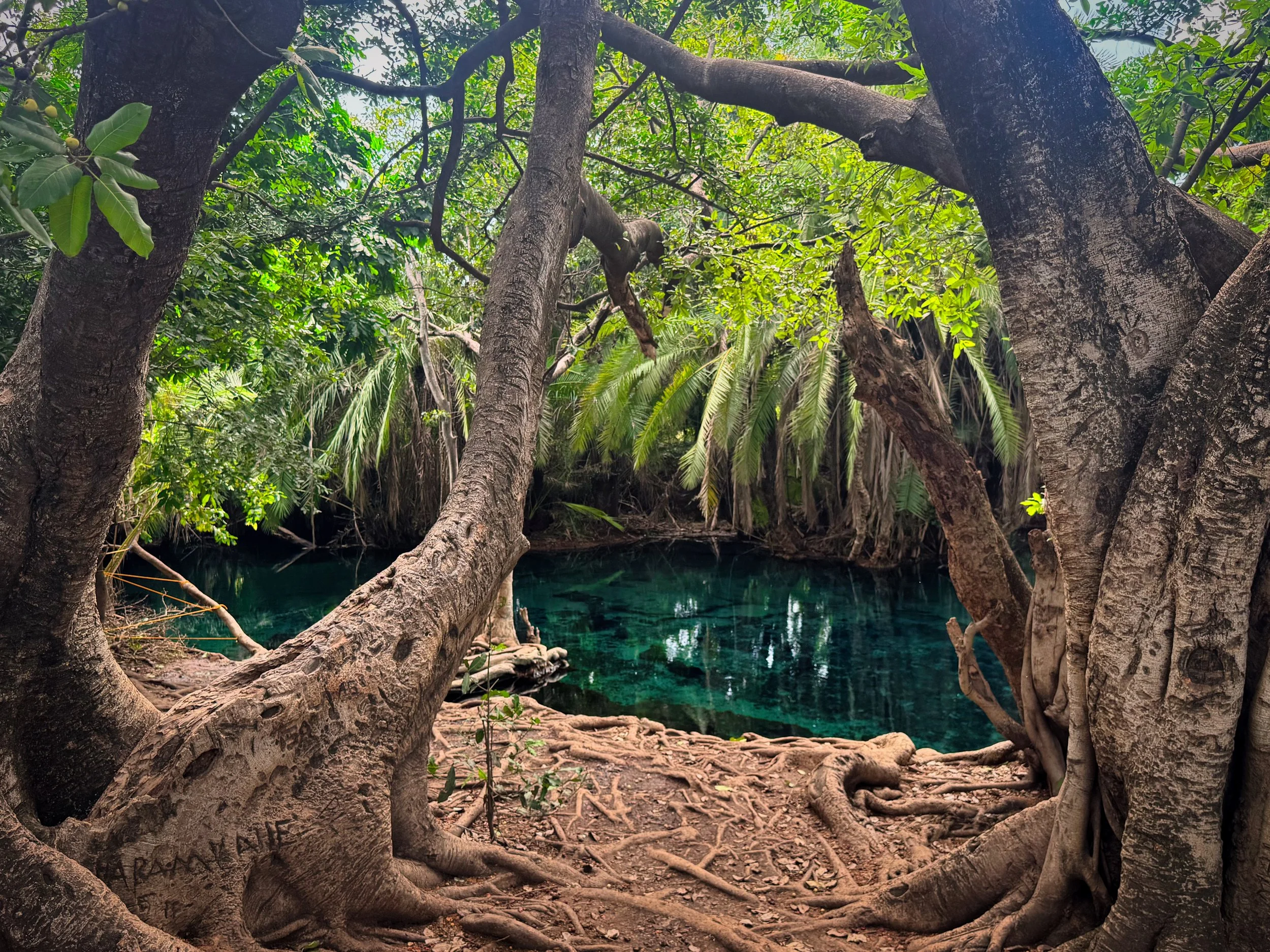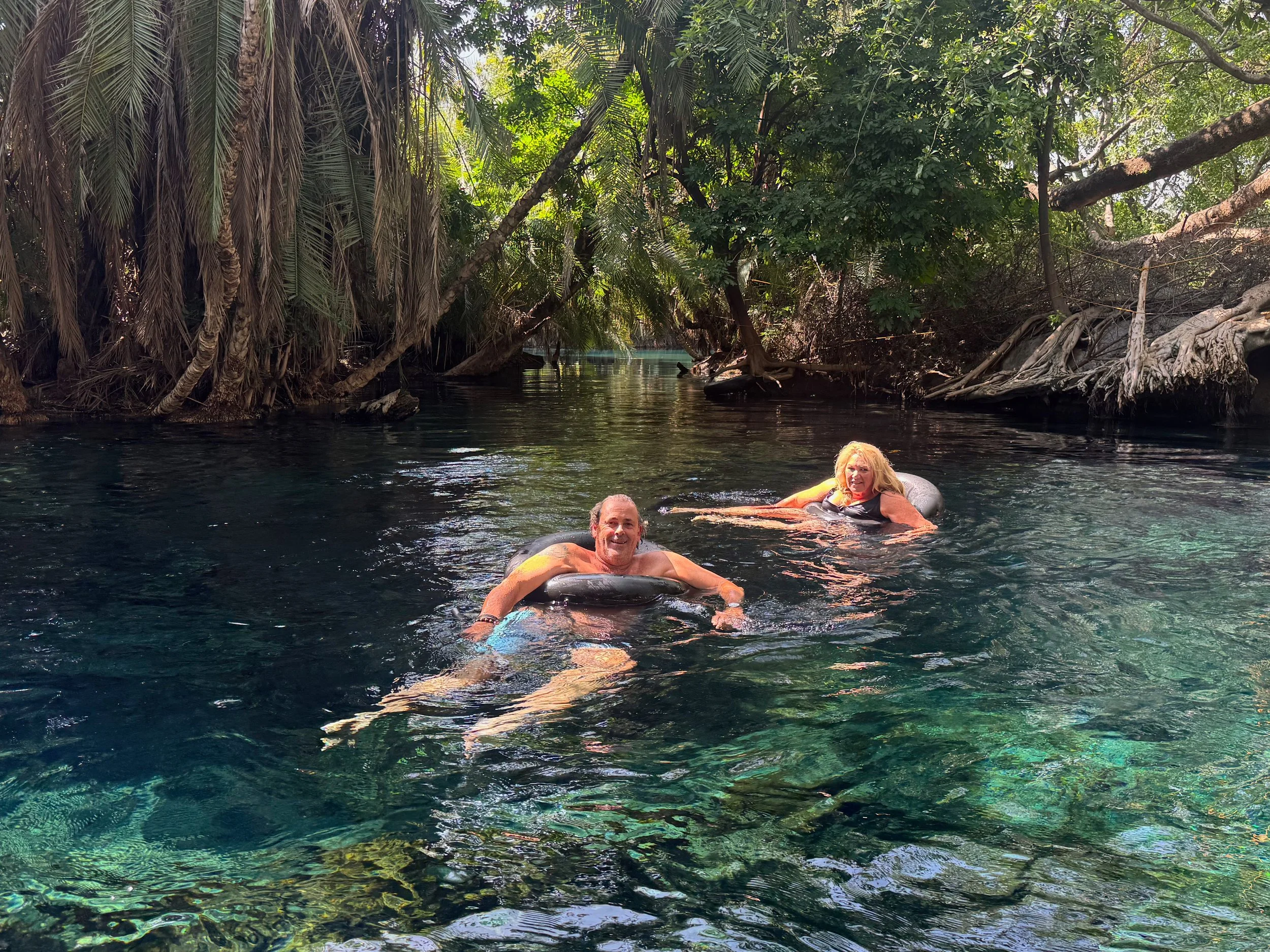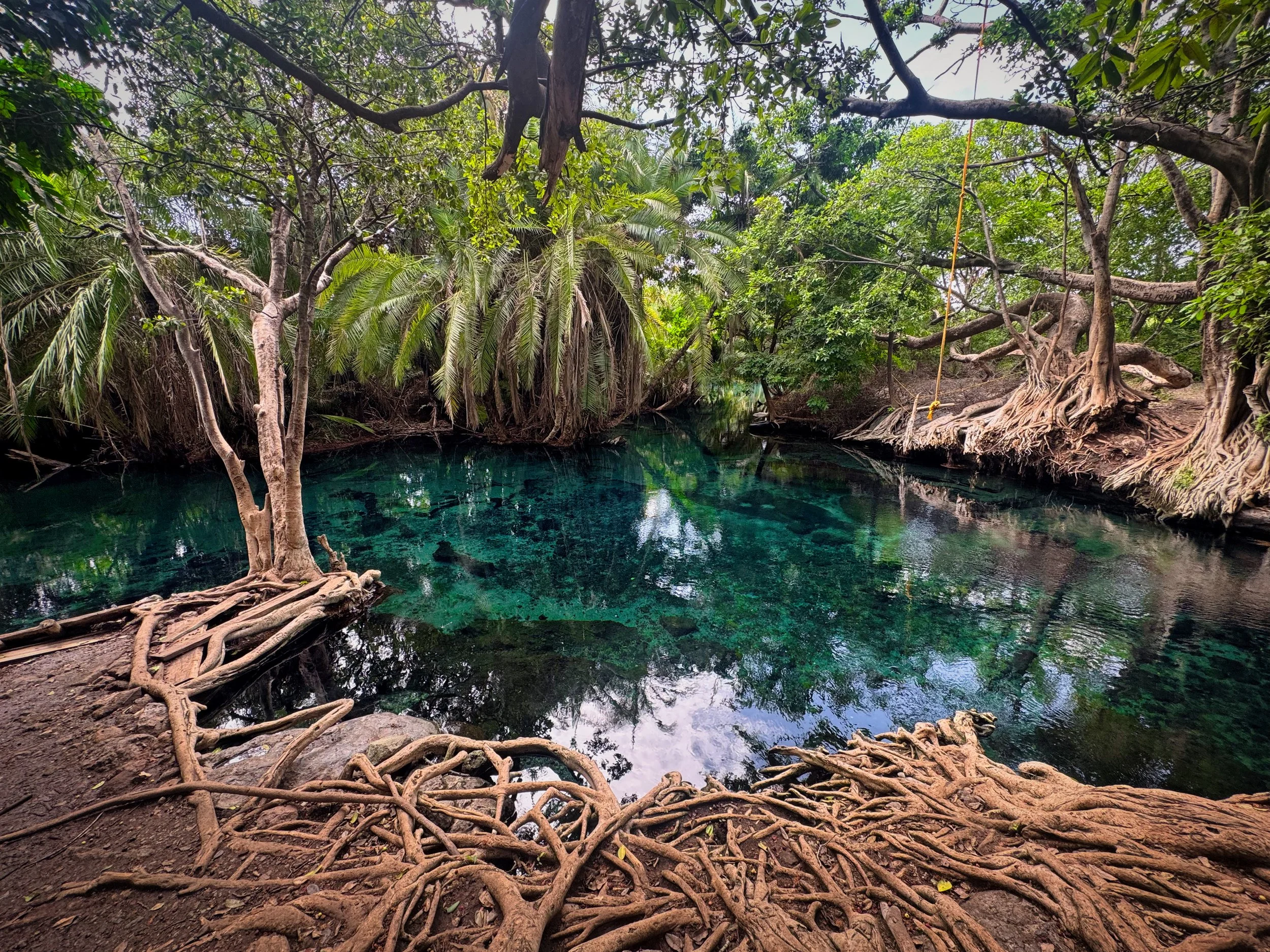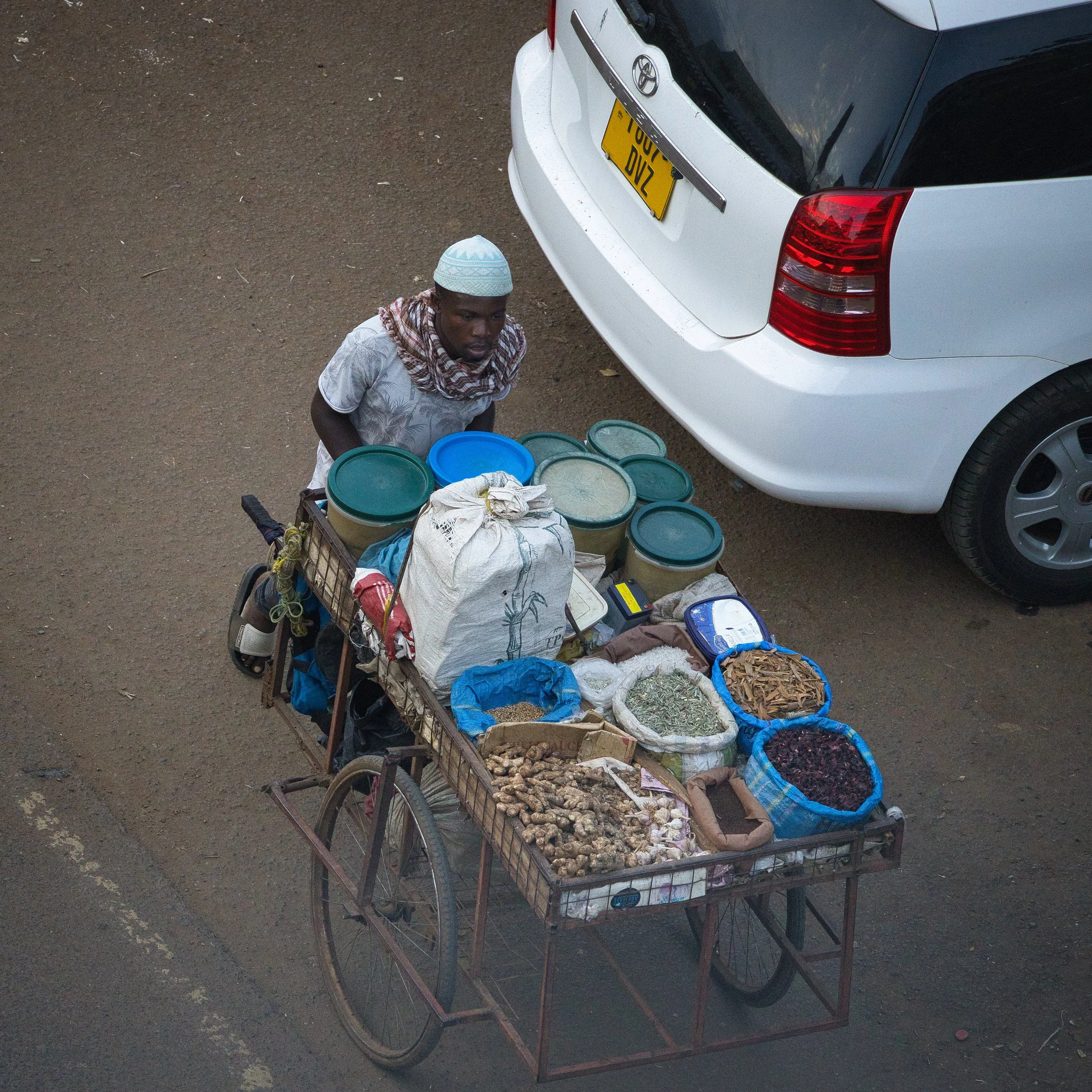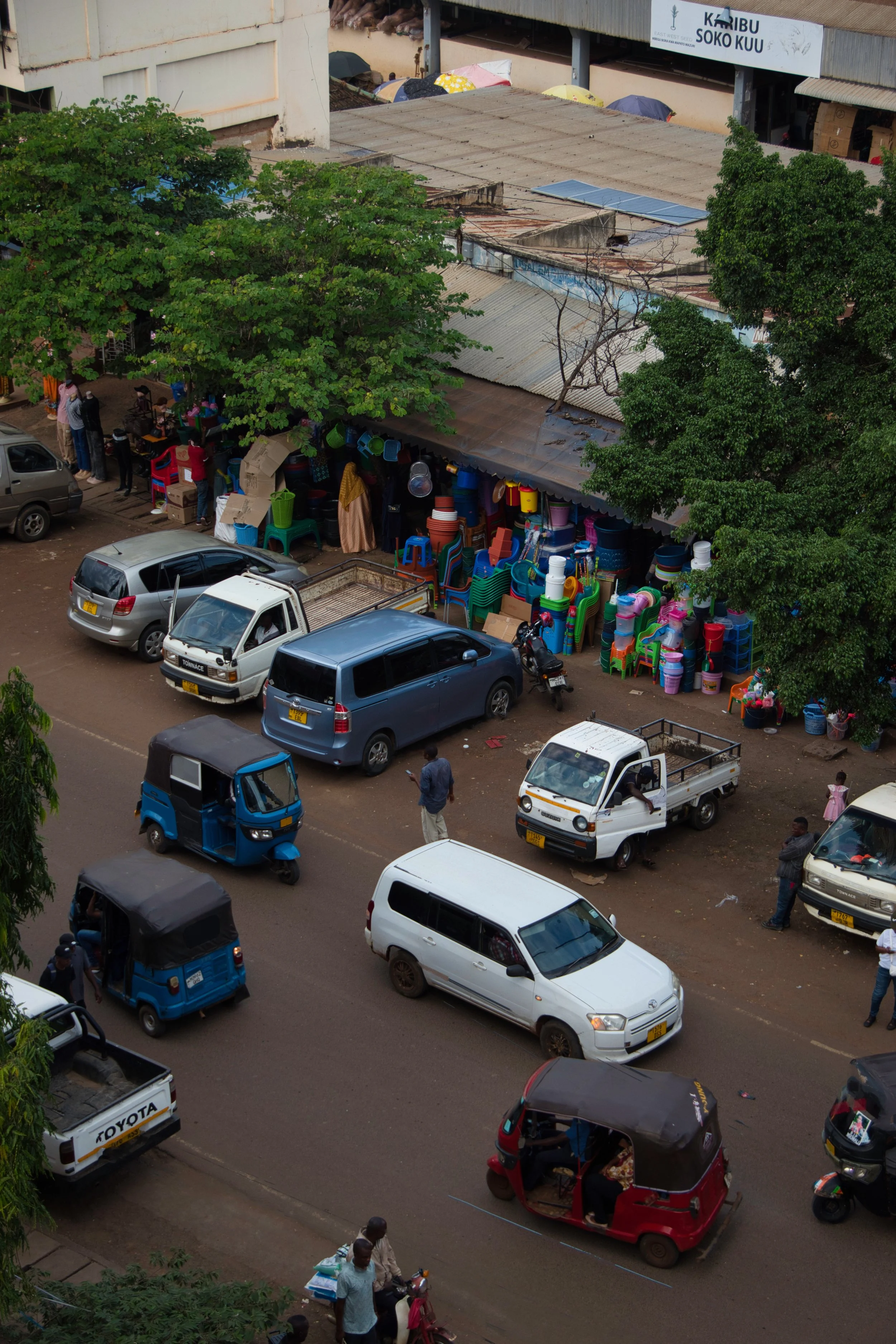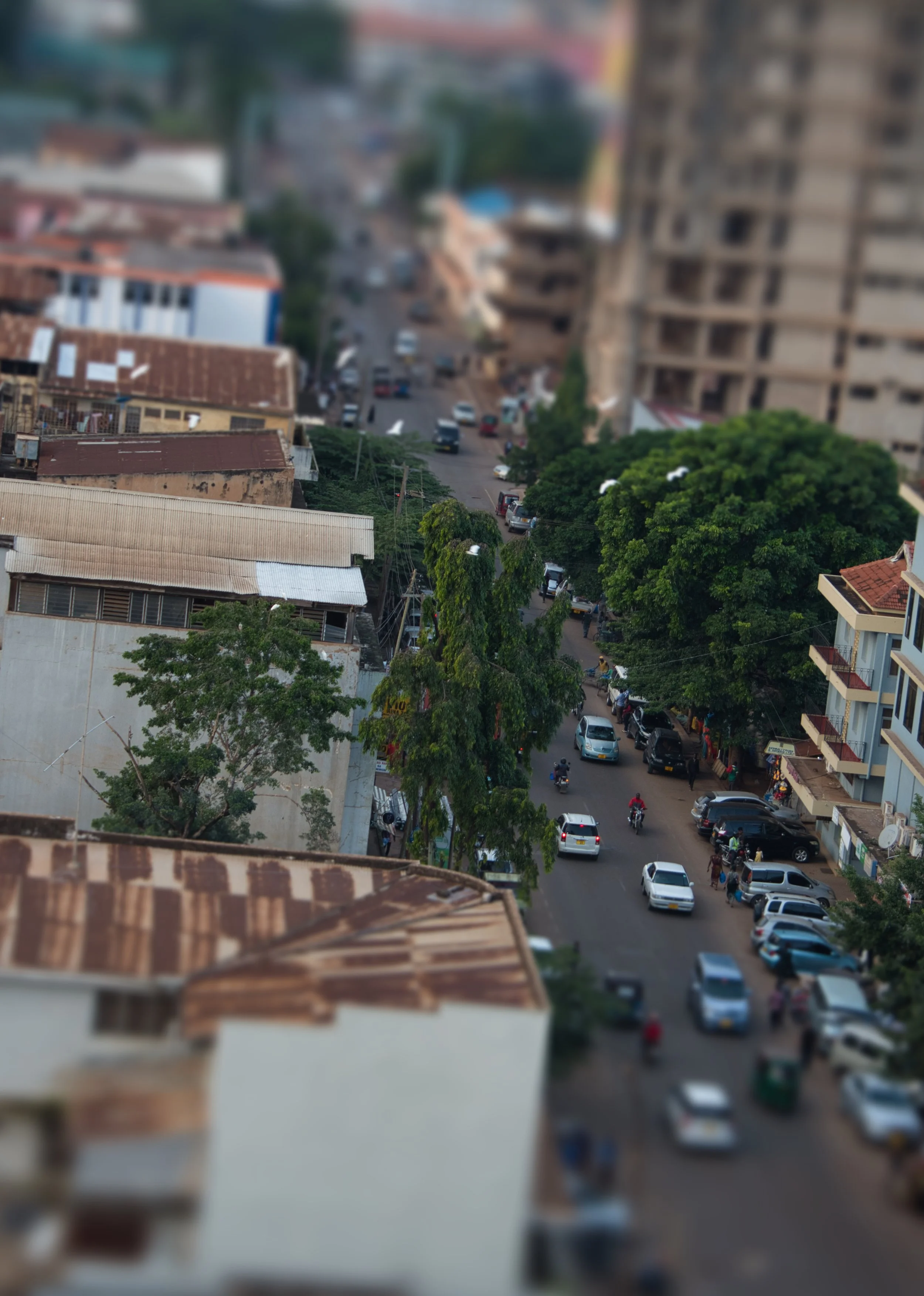Sunset XII - Moshi
The dreaded alarm fired off at 5:30am that, not withstanding gaining an hour crossing an international border, left us with only 2 hrs sleep. However, we were super excited to see the one thing inspiring us to travel to this corner of the continent and quickly brushed away any sleep depravity. Moshi is an outwardly seedy looking town located in the southern shadows of Mount Kilimanjaro and used as the setting off point for those taking on the mountainous trek. With a population of 200,000 people, Moshi was established by German colonists in August 1893 after the army set up a military camp but was formerly inhabited by the Chagga people. With not much to see or do, nor any great selection of hotels available, Moshi lends its modern day existence solely to Mount Kilimanjaro tourism and Serengeti adventures. We specifically singled out the Kibo Hotel being the highest in town, even stumping up further for a balcony king room with Kilimanjaro views, after consulting all relevant photography apps in the hope of spectacular sunsets or even some astro work with the mountain the main subject.
So with a fanfare not far removed from a military tattoo, we pulled back the curtains with cameras at the ready only to reveal overcast skies, light drizzle and no sign of the famed mountain. Undeterred, we headed down for breakfast as our driver would be arriving at 7:00am and surely by then the clouds would burn away under the harsh African sun?
Mount Kilimanjaro is a dormant volcano, highest mountain in Africa and the highest free standing mountain above sea level in the world at 5,895m and 4,900m above its plateau base. The origin and meaning of the name is unknown but may mean "mountain of greatness" or "unclimbable", and although described in classical sources, German missionary Johannes Rebmann is credited as the first European to report the mountain's existence in 1848. After several European attempts, Hans Meyer reached Kilimanjaro's highest summit in 1889.
One of several mountains arising from the East African Rift, Kilimanjaro was formed from volcanic activity over 2 million years ago with its slopes now hosting montane, and cloud forests. The mountain also possesses a large ice cap and the largest glaciers in Africa and on all accounts is absolutely breathtaking and the very reason we came to Moshi in the first place.
With limited time but much to do, before leaving Australia we’d organised for a private driver and guide for the day. Arriving right on time we squeezed into their relatively small hatch back to start our adventure. Located on the lower slopes of Kilimanjaro, the Moshi region is the home of coffee in Tanzania and we were heading out to visit the village of Materuni famed for its coffee plantations. As luck would have it, our guide Peter was born in the village and promised a few extras along the way.
Despite the overcast skies and light drizzle rain, the country had a distinct charm to it and a colour palette of rich volcanic red soils and deep tropically green vegetation. Add the layer of water and everything glistened accentuating their colours even further. Approaching the village the roads turned to dirt to begin their ascent which our driver fought against valiantly. However, a 2 wheel drive Mitsubishi Colt is no match for Kilimanjaro and at some point we found ourselves bogged facilitating our onward, and upward journey would be on foot.
Peter the guide was formerly a mountain porter summiting Kilimanjaro over 150 times and found this to be of little consequence. We on the other hand took our time photographing and admiring the scenery relying on his constant commentary to distract from the brutality of a 2 kilometre uphill climb.
We stopped at some point to meet Mumma Agnese like an old lost friend for a tour of her small home and witness the daily food preparation and cattle housing arrangements. The whole village was honestly amazing with houses of varying stature dotting the roadside with school children and workers simply walking up and down the slippery, muddy road without a care in the world. Lyndall even had a fall at one point, not majorly but enough to scuff up her trousers and dirty up her camera lens…a battle scar she proudly left untouched in true wildlife photographer fashion.
We reached our chosen destination not soon enough which was seriously a mountainside oasis in full view of Kilimanjaro had there not been any bloody cloud! Materuni Village Experience is hotel, hostel, coffee plantation all in one attracting visitors for varying experiences. We grabbed a seat and a water then began a journey through the history and origins of coffee and its importance to the Tanzanians. Next we actually went through the process of making our own coffee putting into practise all we’d just learnt.
Tanzanian coffee is highly regarded for its quality and unique flavour profile stemming from excellent growing conditions and careful processing with the high altitudes, volcanic soils, and ample rainfall in this region creating the ideal environment for growing Arabica beans.
From the coffee plant the fruit is harvested then allowed to dry for a short period. Originally done by hand but now through hand cranked machinery, the outer layer of the fruit is removed to expose the bean within. With some further drying the beans have their thin outer husk removed through a series of manual sieving on woven pans. At the same time a wood fire is prepared to warm a thick iron cauldron before adding the beans for roasting. This is where things got interesting for in this village, and all African villages, the next process is done with song as a means of “whiling away the work”. With just a simple animal skin drum and rhythmic hand clapping, our 3 hosts sang the most beautiful and harmonious African work songs while Peter constantly stirred the beans through their roasting process. Once removed and still steaming, the beans are again sieved for imperfections and cooling down. From there the beans are placed in a floor based mortar and crushed with a 6ft long branch acting as a pestle. More song accompanied this process but also dancing as one needs to rotate around the mortar to crush the beans properly. The fine coffee granules were then removed and mixed with boiling water to produce the best, freshest, and most fun cup of coffee we’ve ever had.
Making our way back down the still slippery road, the rain was slowly starting to abate and we found our driver had thankfully unbogged the car and was ready for us once again. For about another hour we fought dirt roads and village streets to cross the plains into the town of Chemka. Here we would be having our included lunch which turned out to be freshly charred grilled chicken we saw being cooked on our arrival.
About 40km out of Moshi, which in Africa speak on African roads is a lifetime, lies the hidden gem of Chemka Hot Springs. A natural geothermal oasis located in the Masama Rundugai, Chemka means "boiling" in Swahili and is considered a sacred site by the Chagga people. Usually brimming with tourists, we were the only ones on site today and had the place to ourselves thus managing to negotiate a tough price on the hire of 2 tyre inner tubes. The water is a constant 27°c making it not only refreshing as a swim, but a little soothing too after days of receiving our “African massage”.
The water originates from underground sources fed by Mount Kilimanjaro and is filtered through volcanic rock resulting in the springs' clear, turquoise appearance and warm temperature. Emerging from the ground in a fashion making it appear to bubble up, hence the name “boiling”, the springs are up to 10 metres deep in places with a soft sandy floor you can see at all times through the crystal clear water. They are absolutely beautiful and without prior knowledge, completely hidden in a thicket of palms and tropical vegetation. Catfish and Red Garra residing in the springs eat the dead skin off the feet of visitors just like the ones in fishtanks on Balinese back streets. That was a very eerie feeling at first but in time grew to be a little relaxing.
We swam and relaxed and let the surprisingly strong current guide us down the length of the waterway for about an hour before being forced to retreat for our journey home.
Back in town after an absolutely full on day in and around Moshi, we showered and adjourned to a pre arranged dinner on the hotel rooftop to witness a spectacular sunset over Mount Kilimanjaro just like in all the travel brochures. We sat on the balcony as planned, with a few whiskeys as planned, picking at our tapas as planned. It was nothing but sublime except for one thing…Mother Nature didn’t read the script and as they say….the best laid plans of mice and men. Hiding behind clouds of varying formations for the entire day, the closest we got to seeing “broken top” was through a tantalisingly close race between cloud dissipation and a rapidly setting sun. From our vantage point we could see the cloud slowly move away to the east but at the opposing cardinal point the suns demise was winning. It just wasn’t meant to be we’re afraid to say but we definitely had a terrific day in Moshi.
We would be off again in the morning for the start of our Serengeti Safari so went to bed pretty early by our standards in preparation. Fatpap had evidently picked up a bug of some sort over the past 24hr allowing ample opportunity to acquaint himself with the hotel bathroom and in only one night unequivocally dispel the old adage that you only need to travel with 3 pairs of undies.

